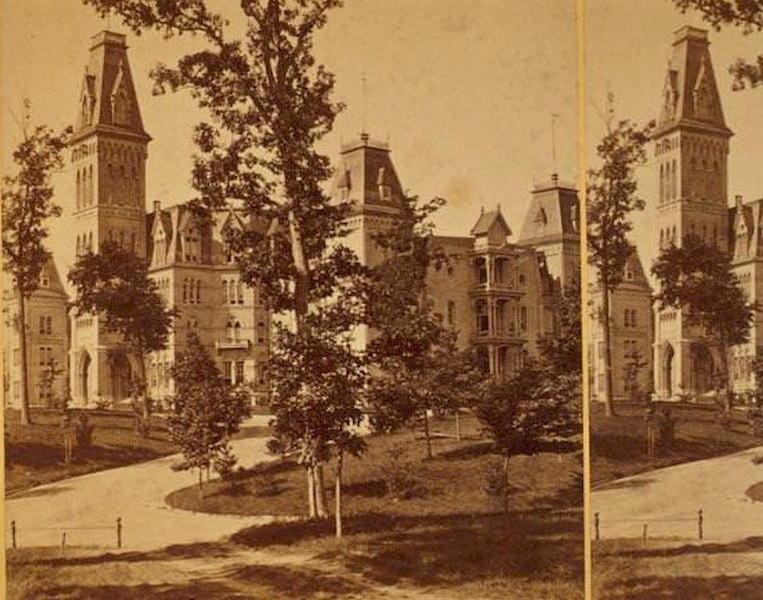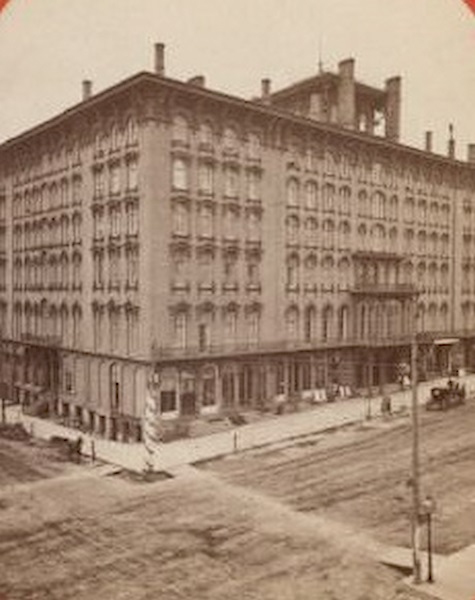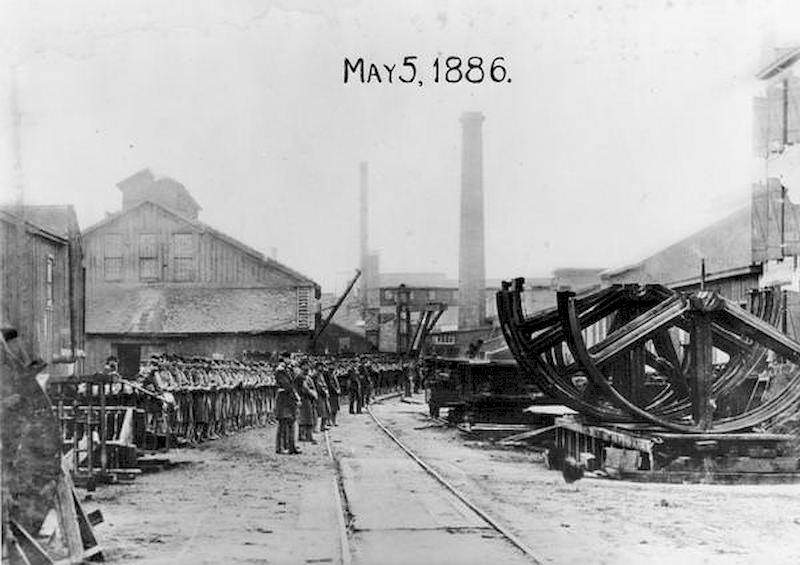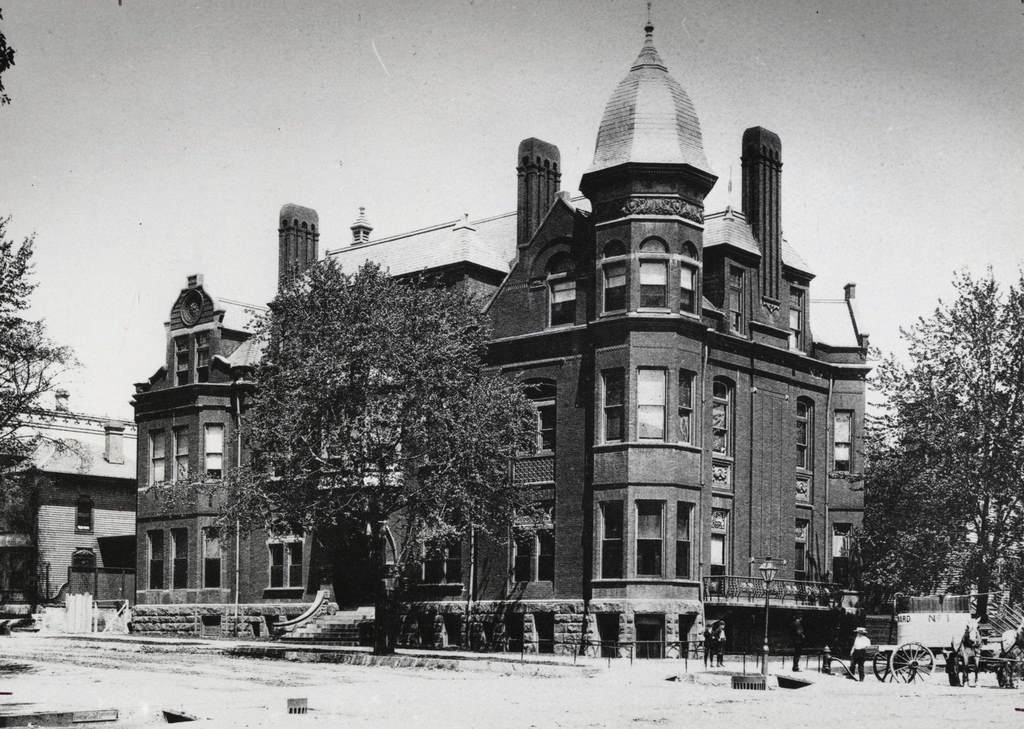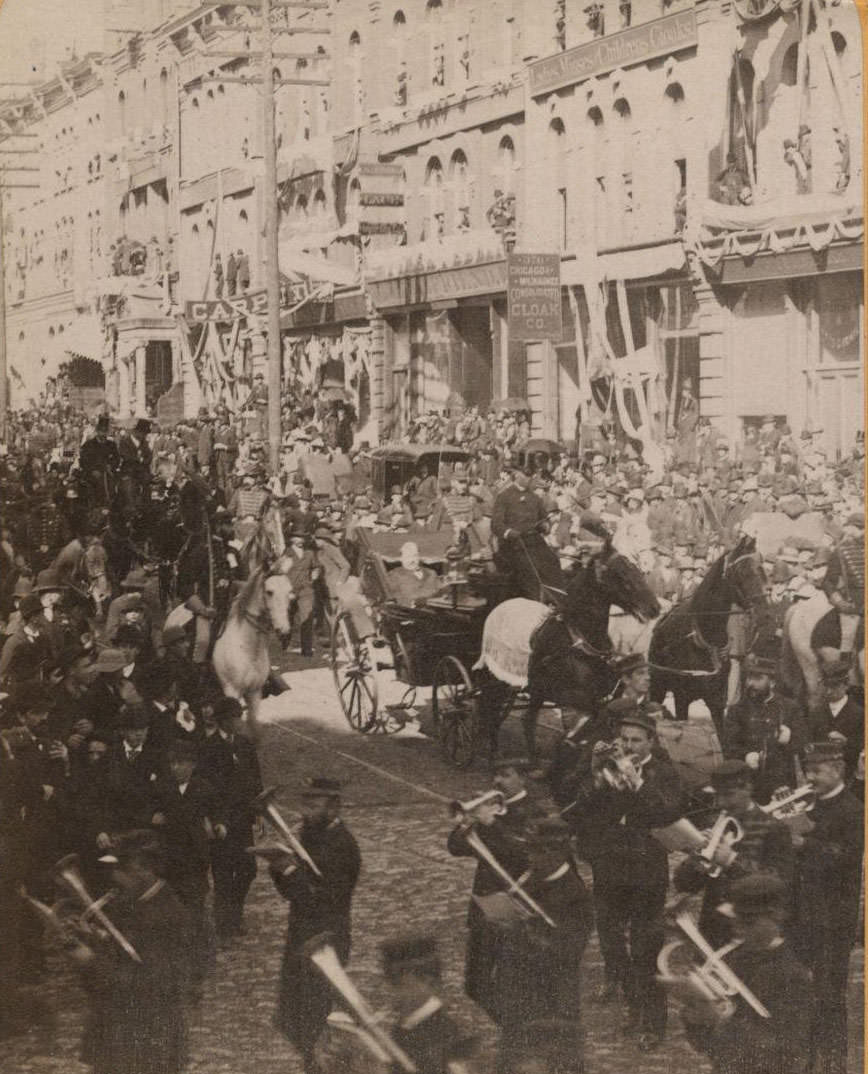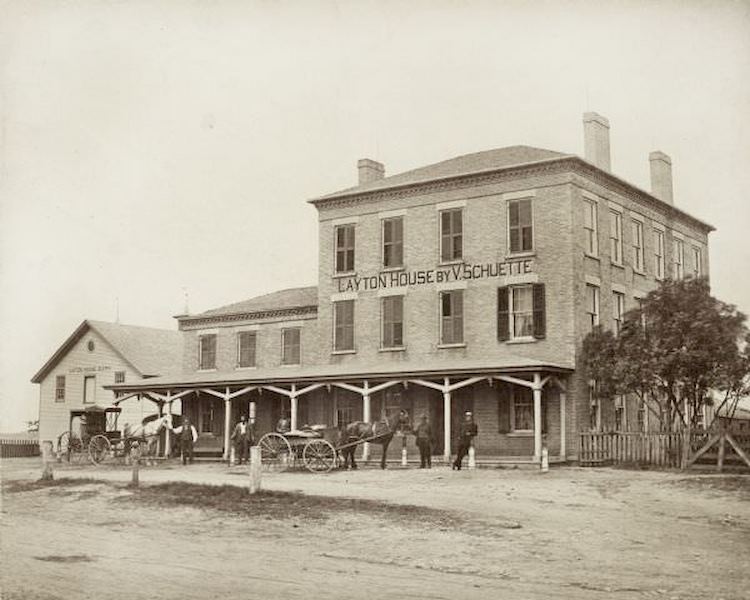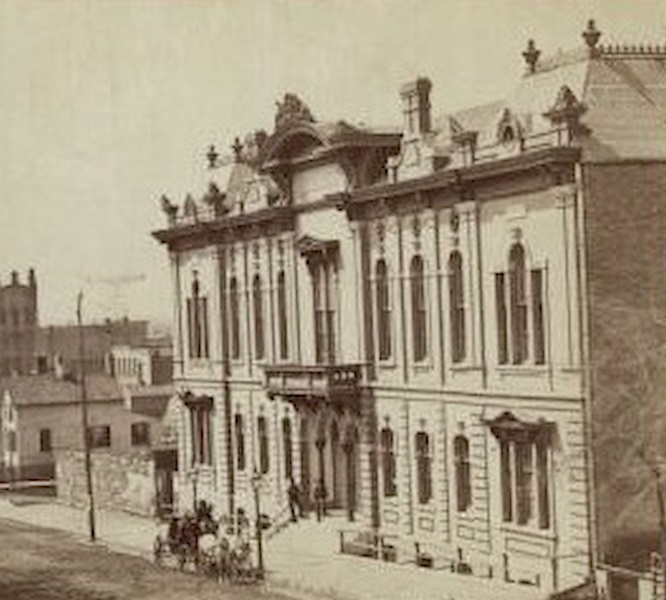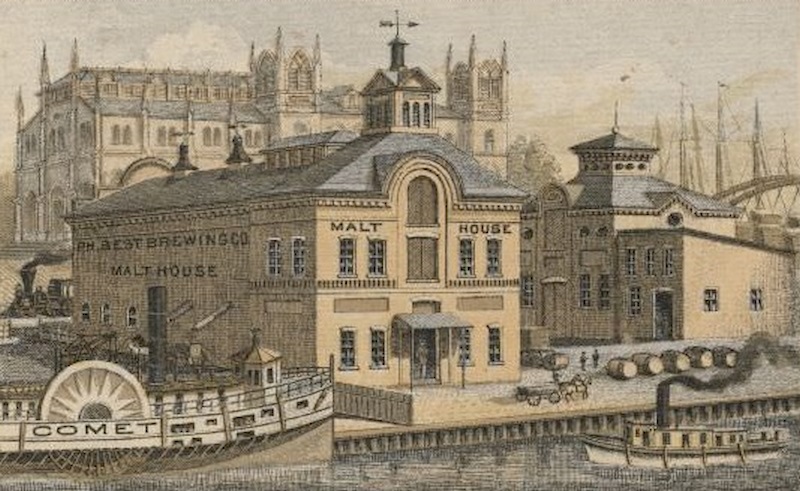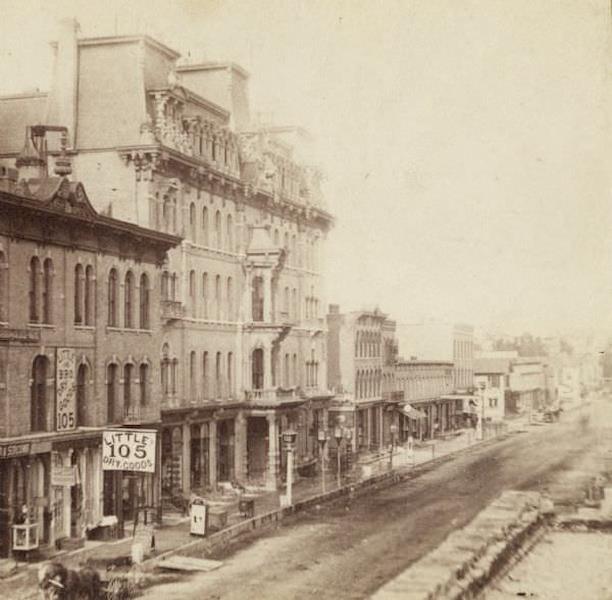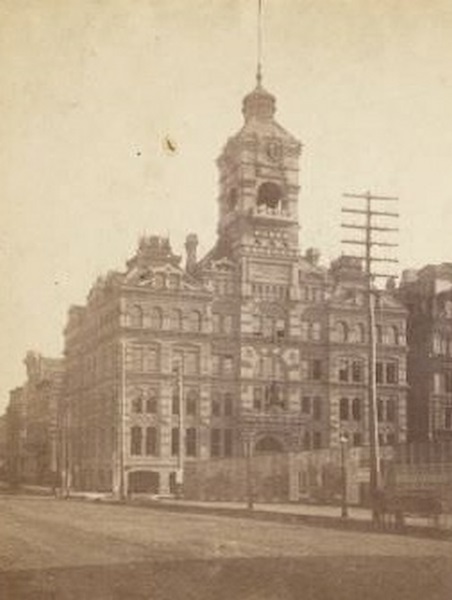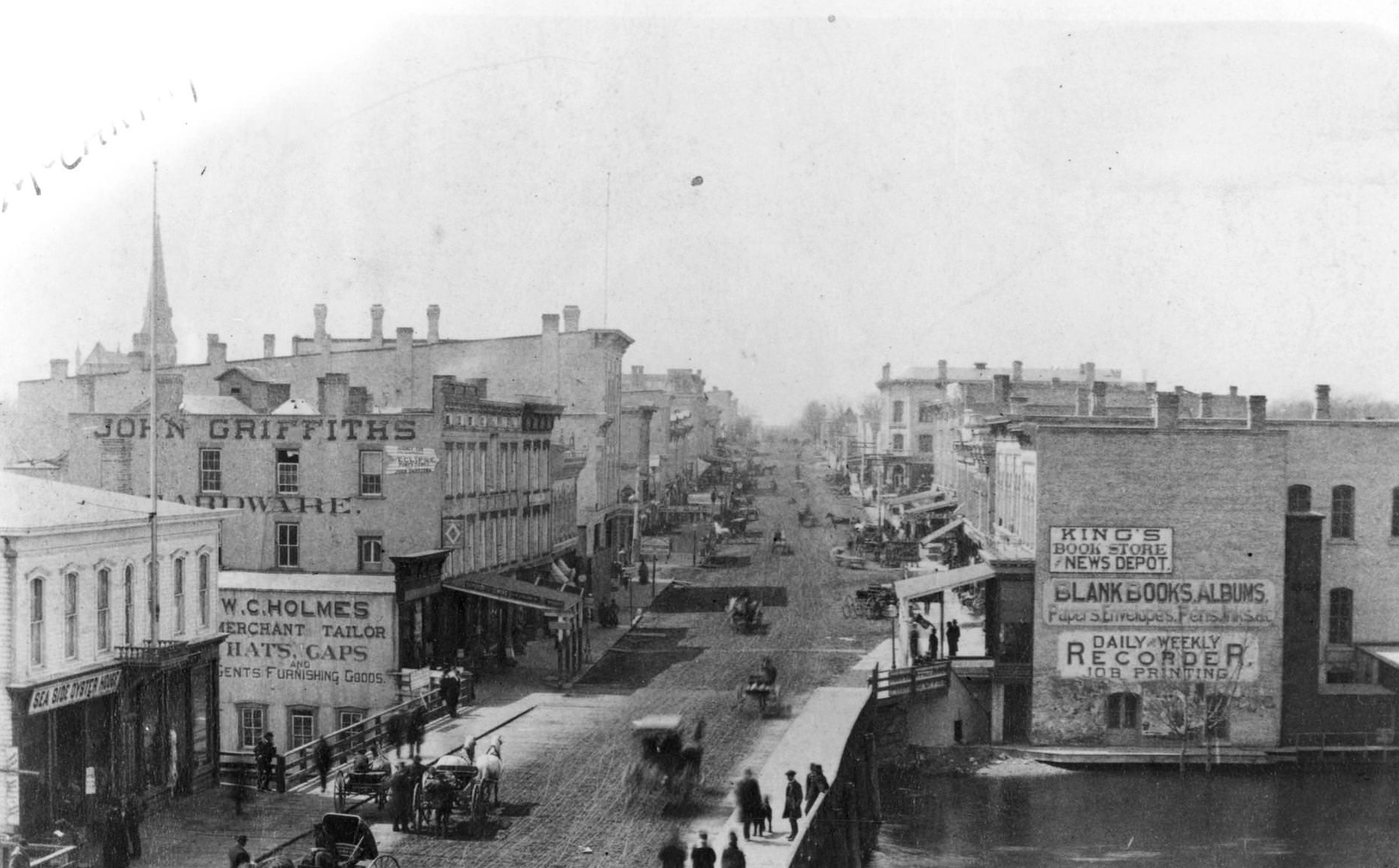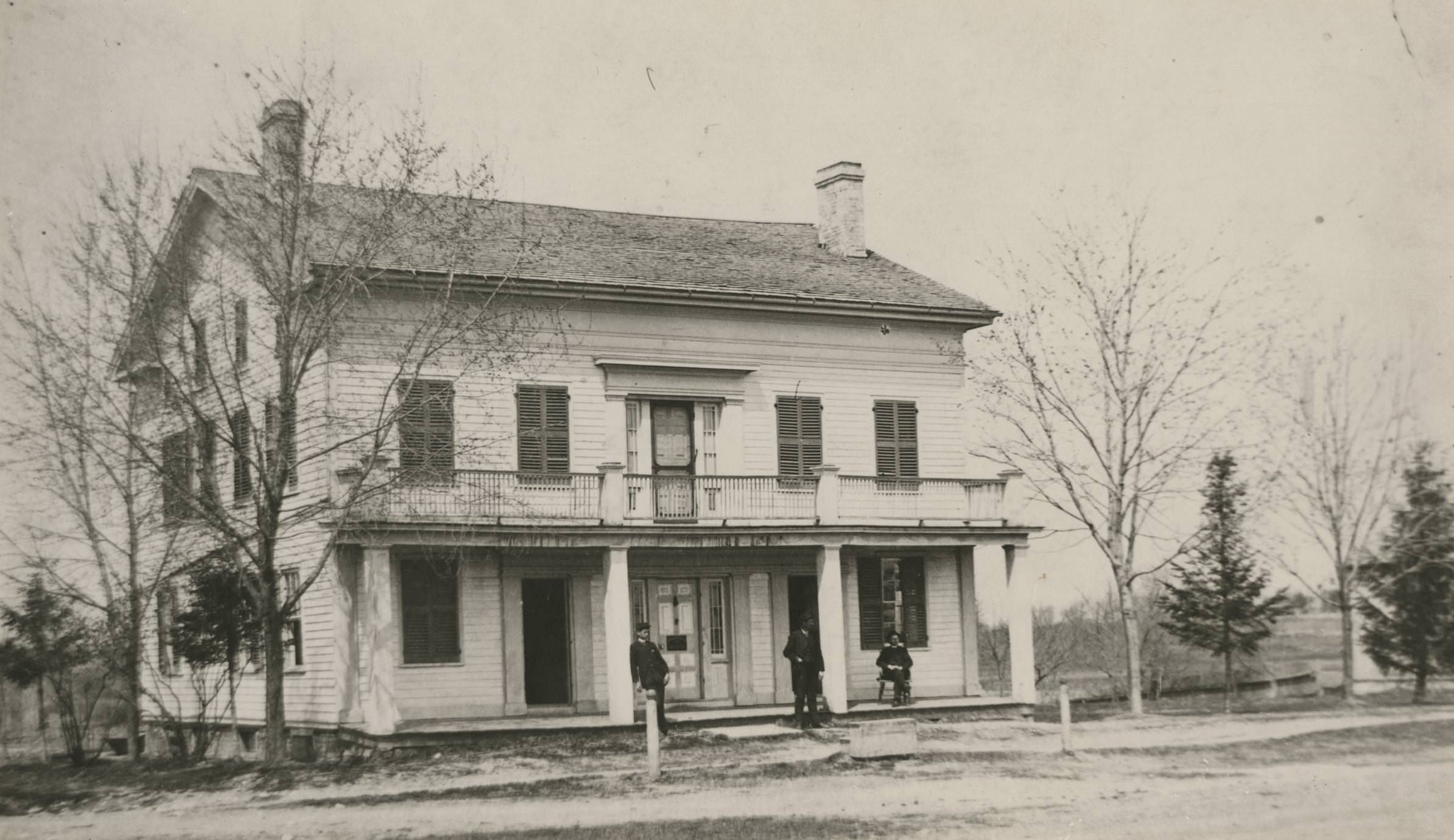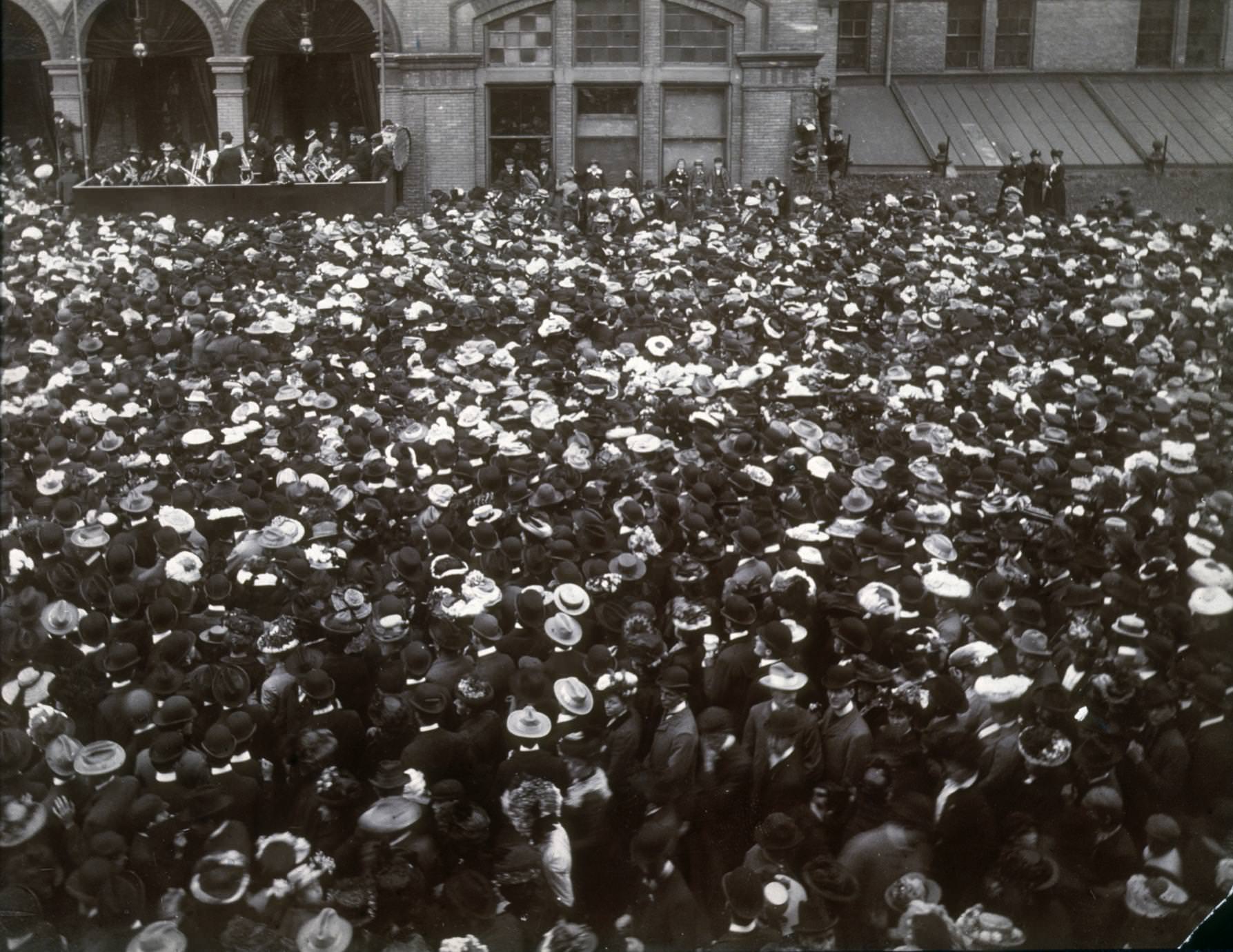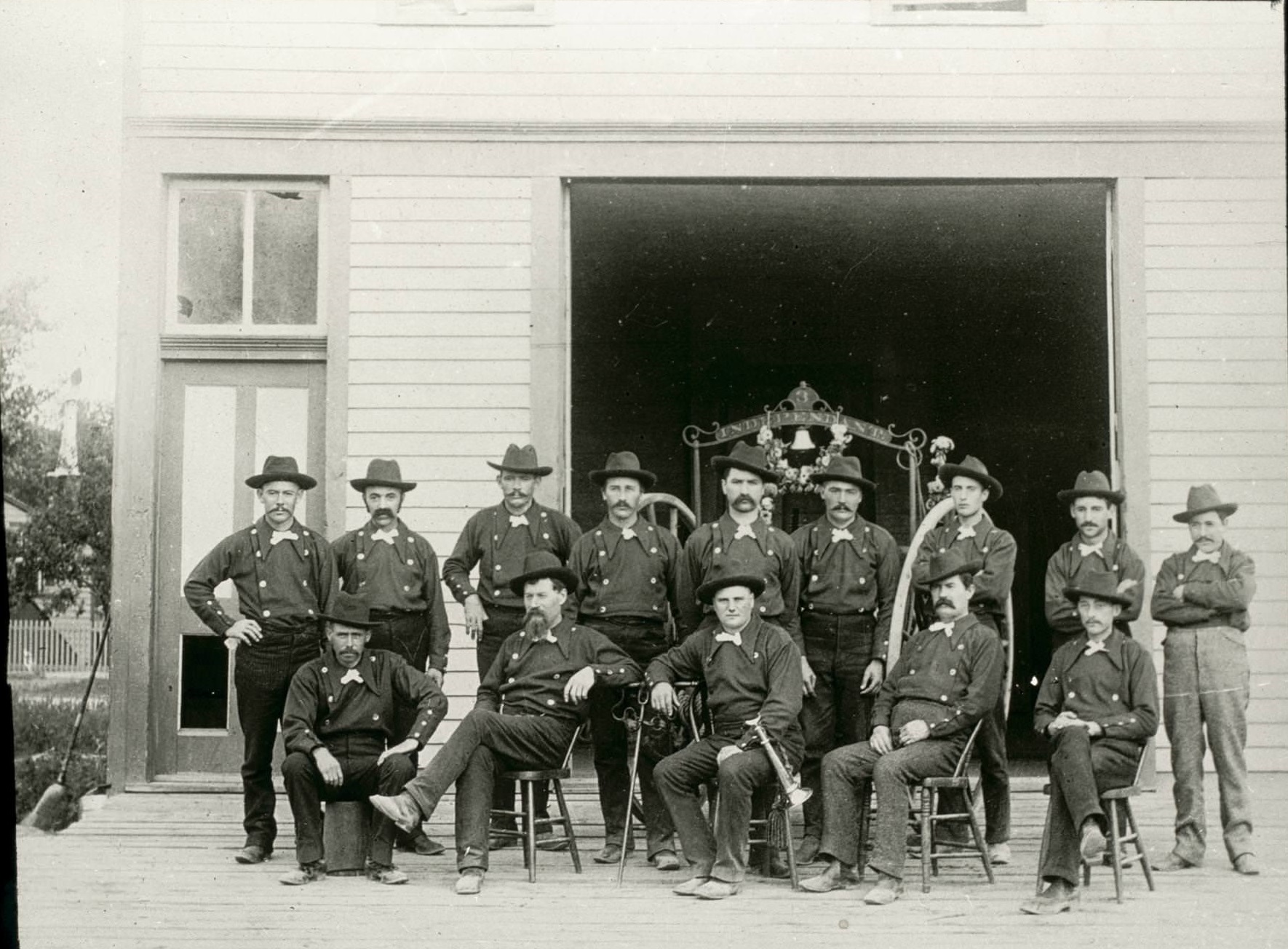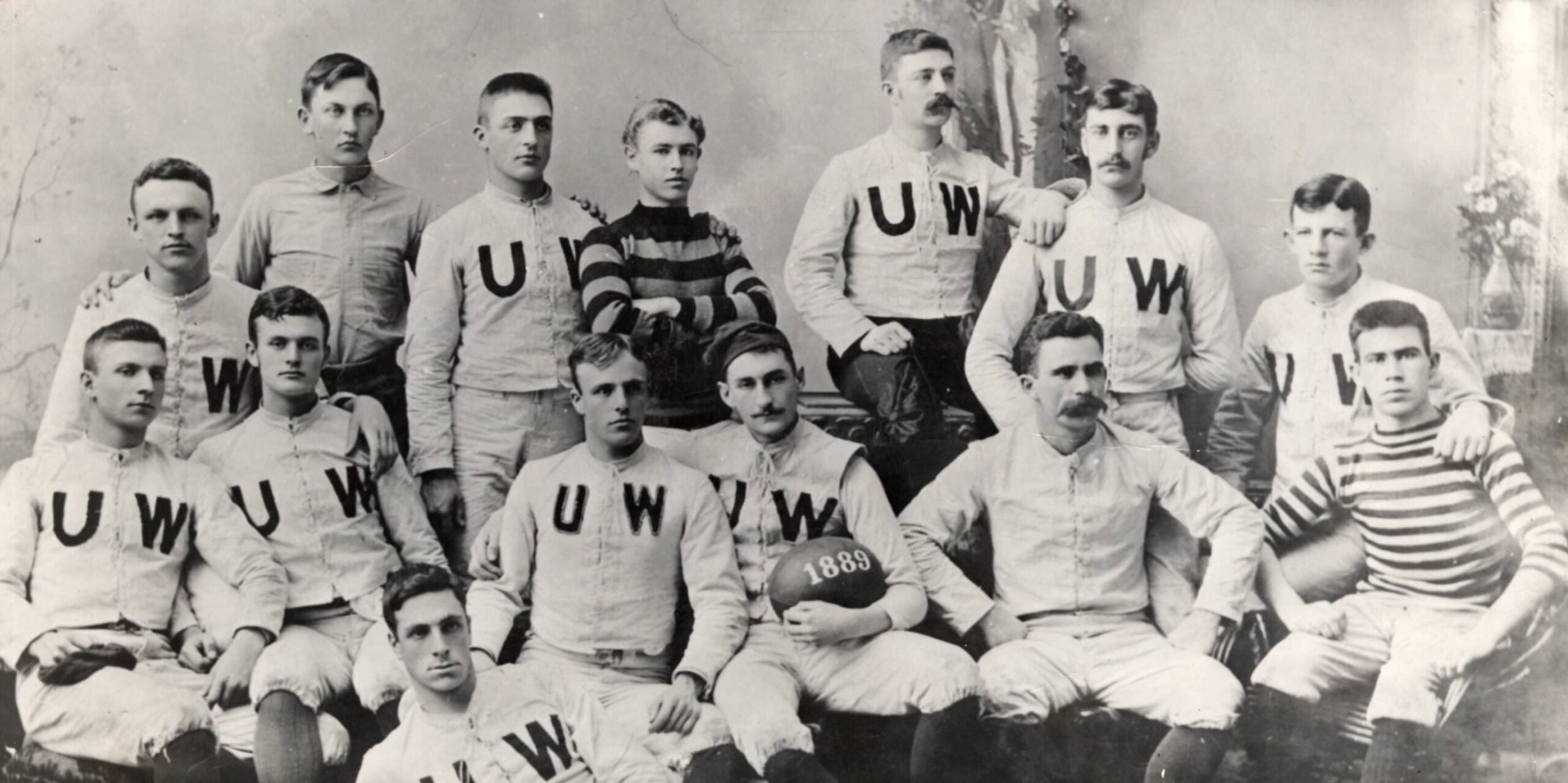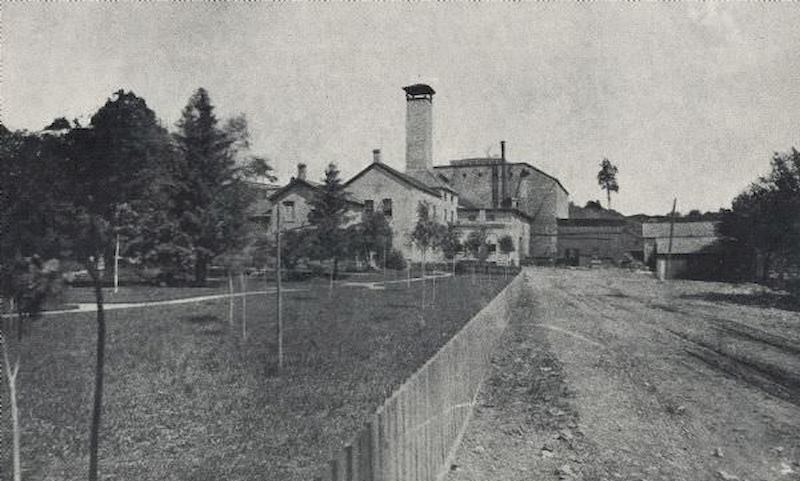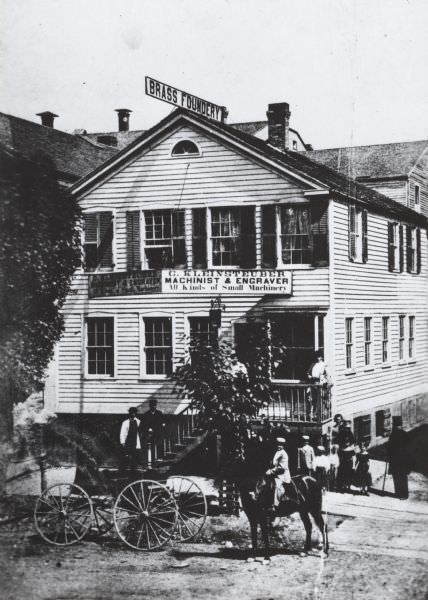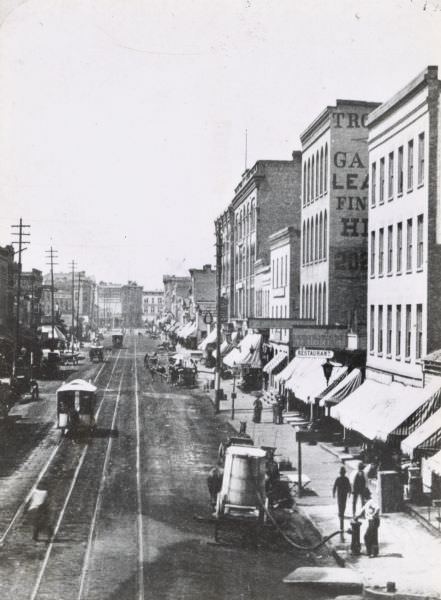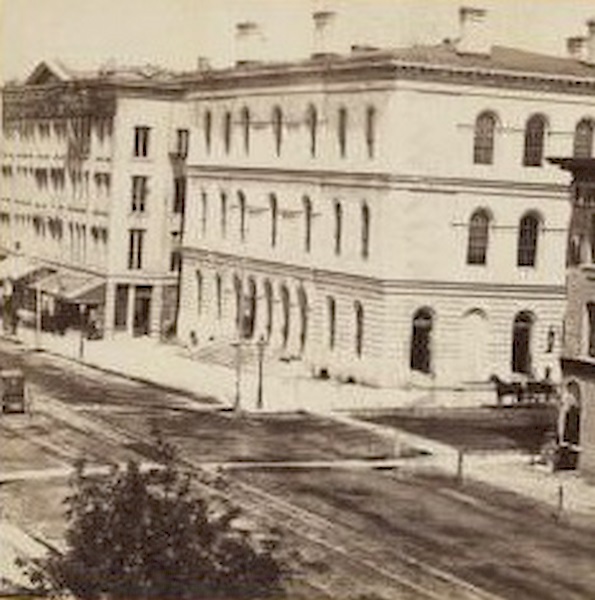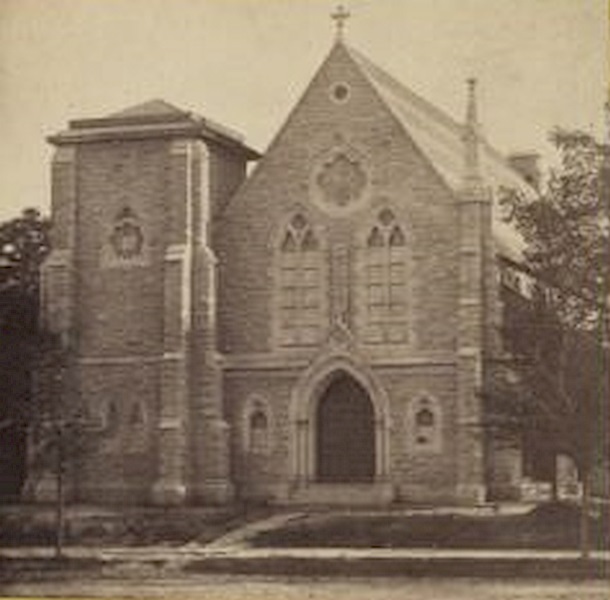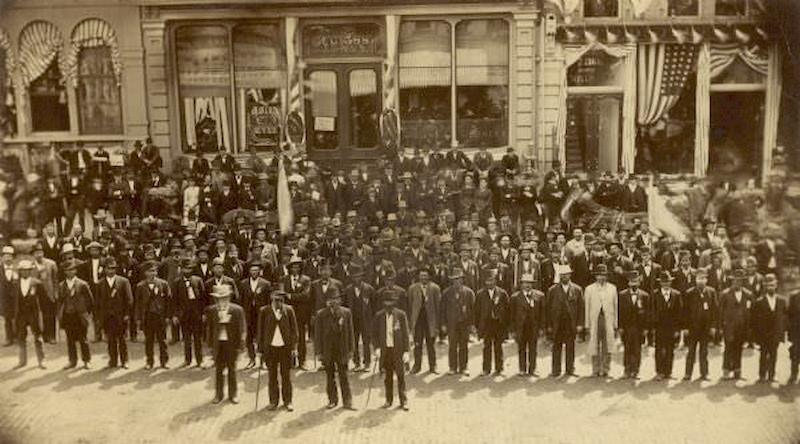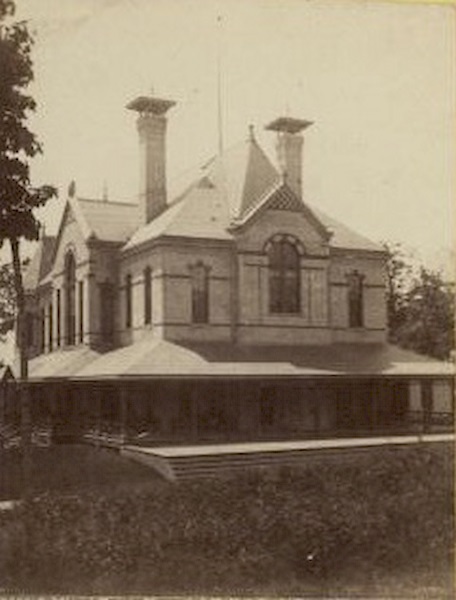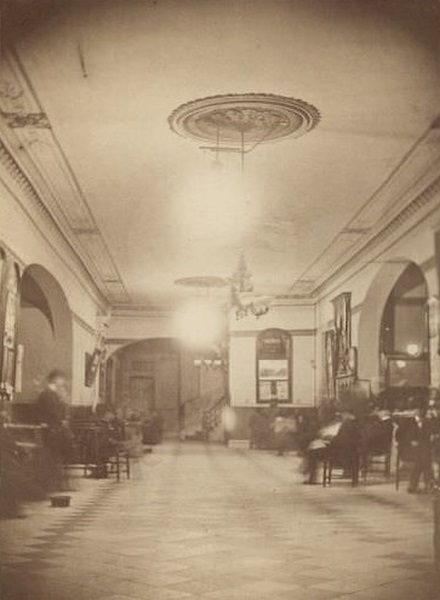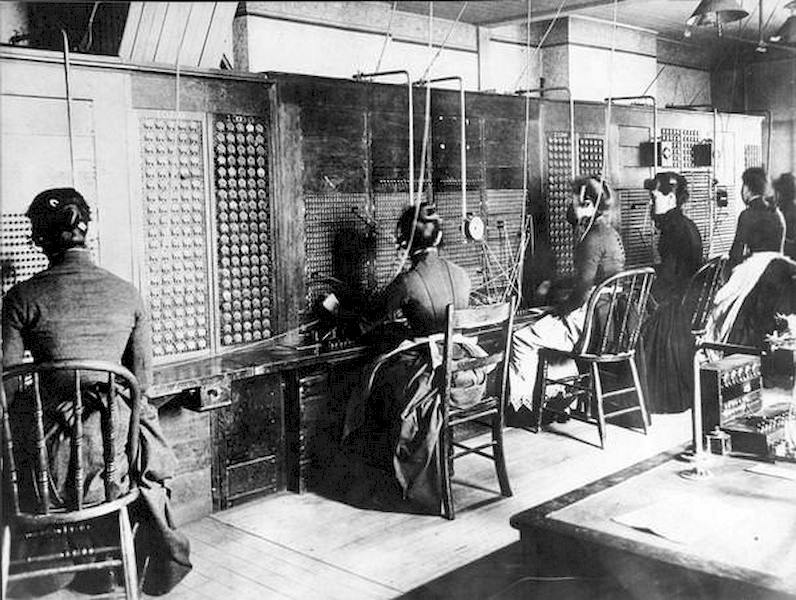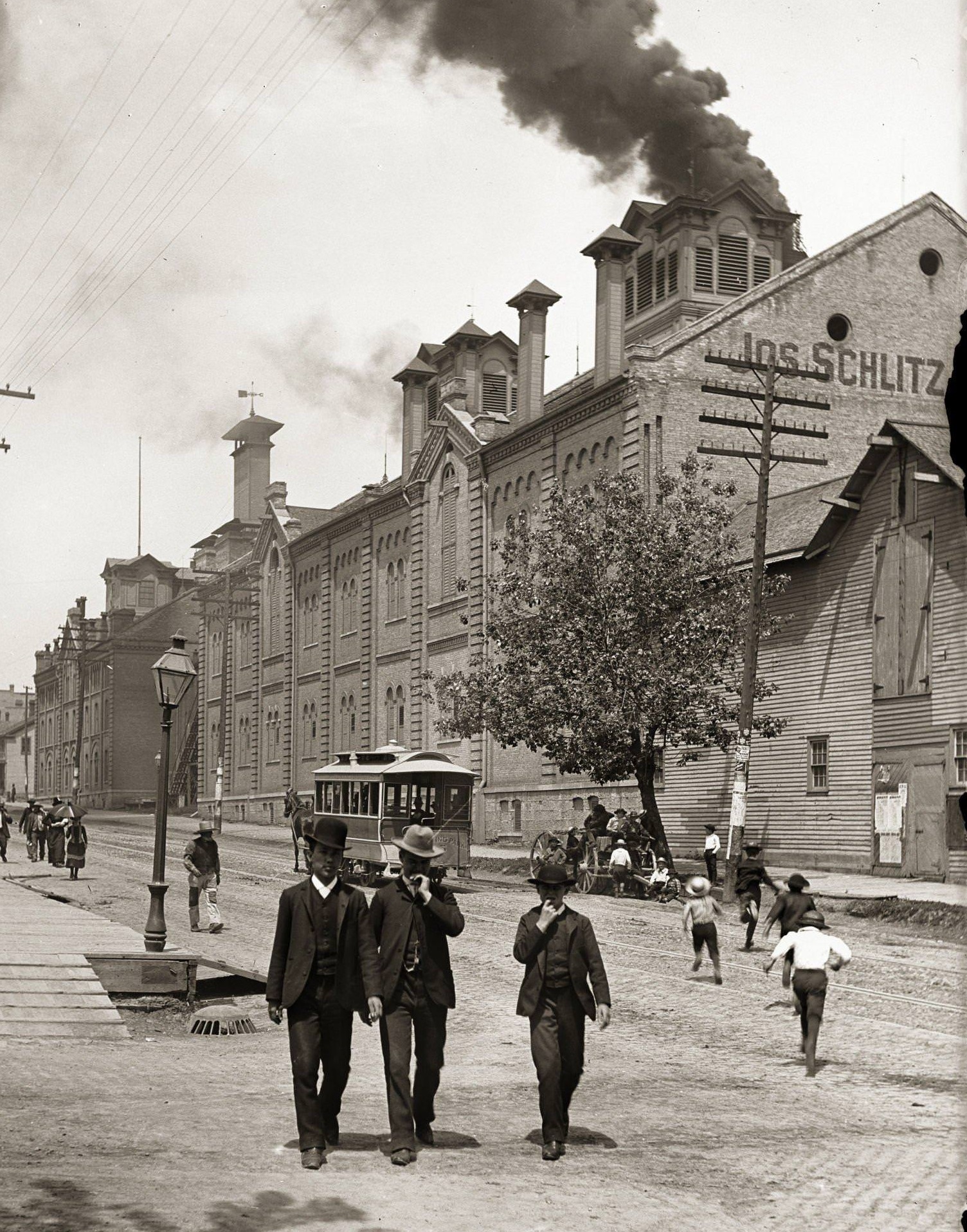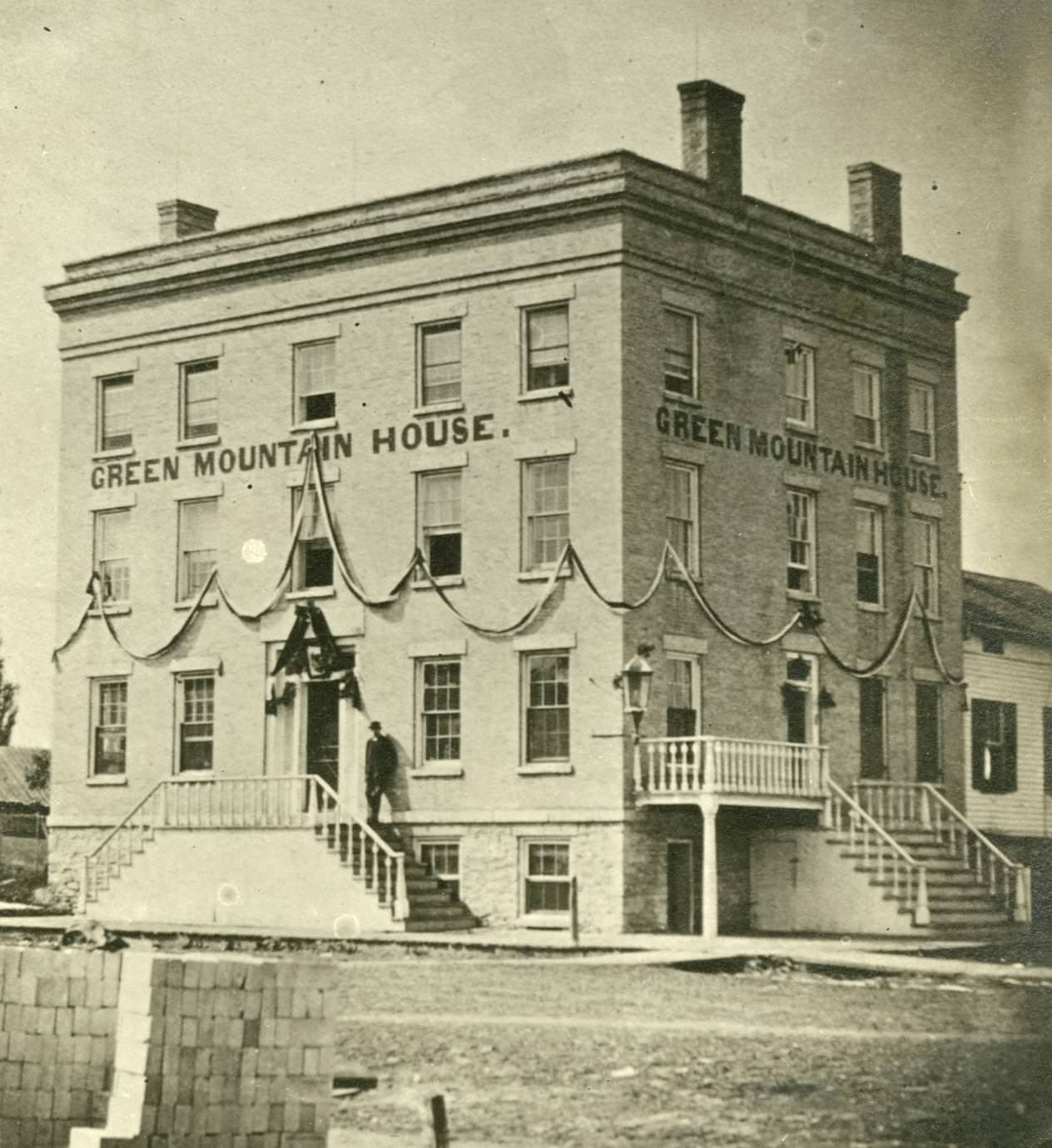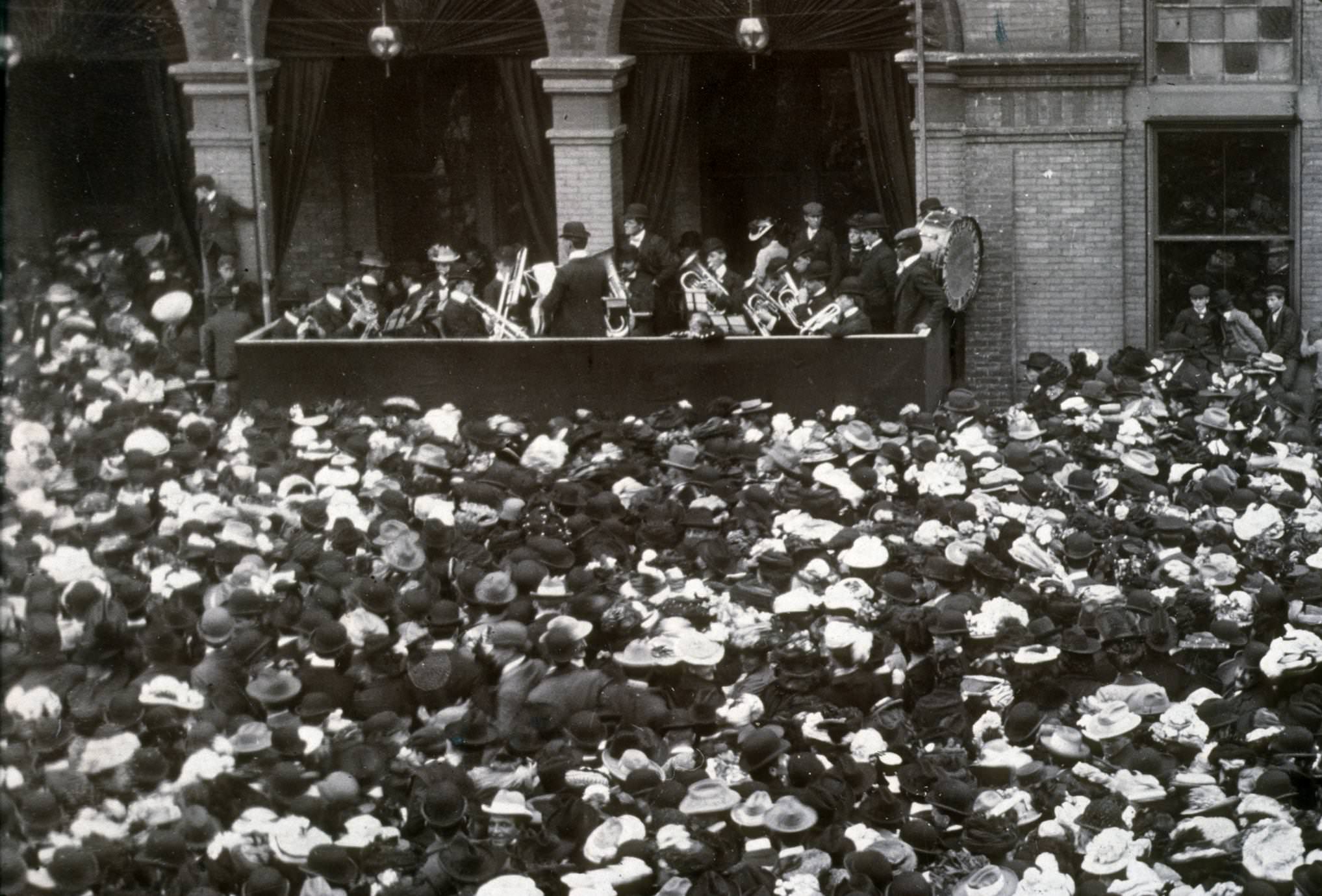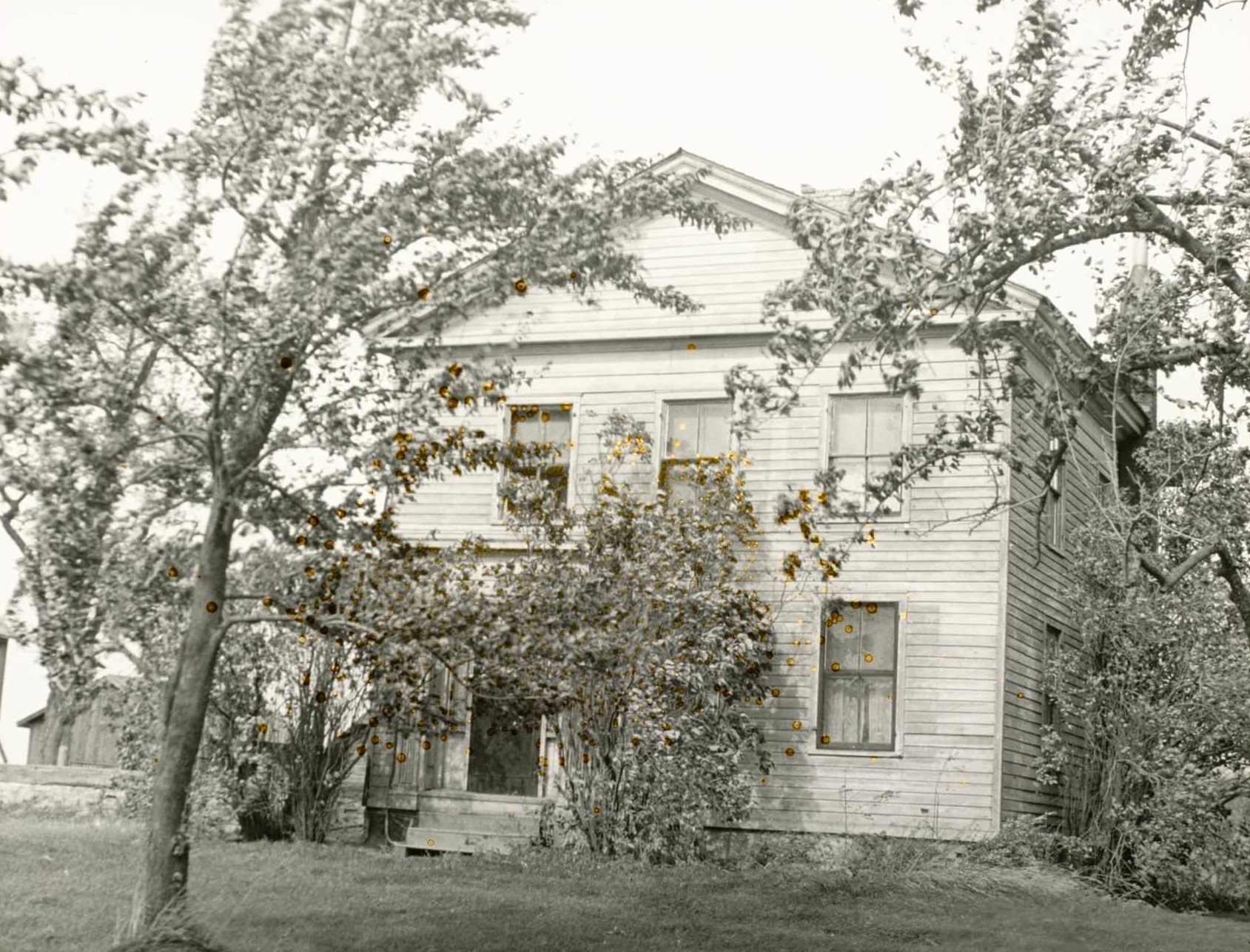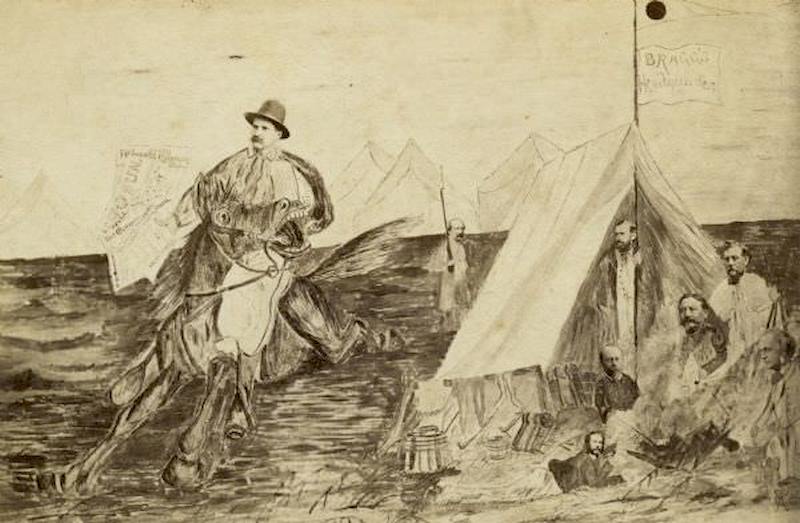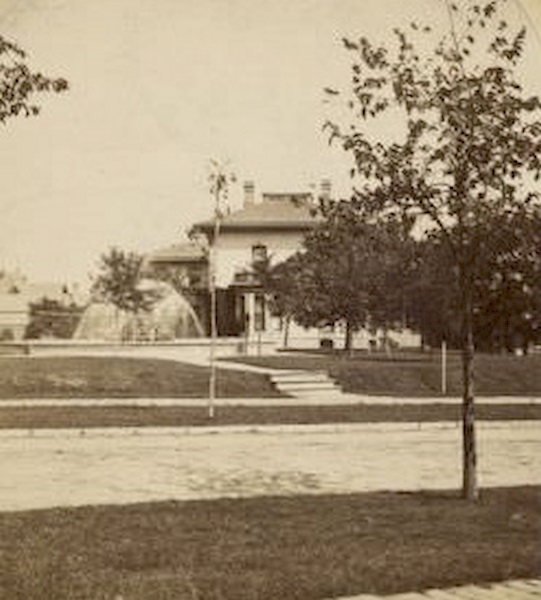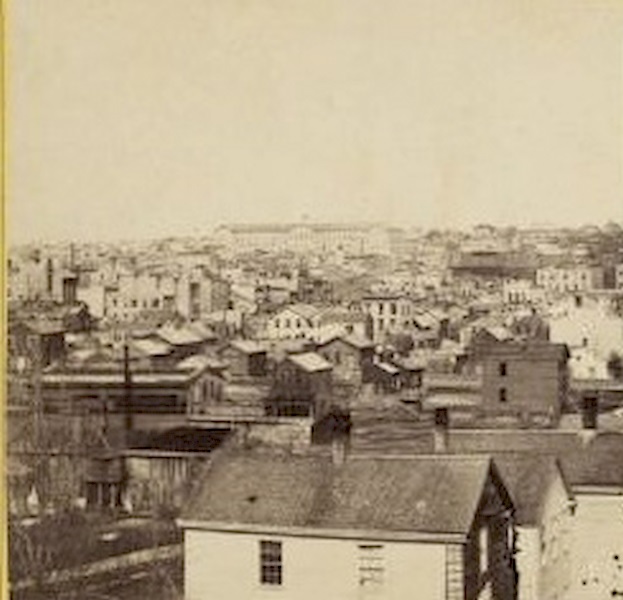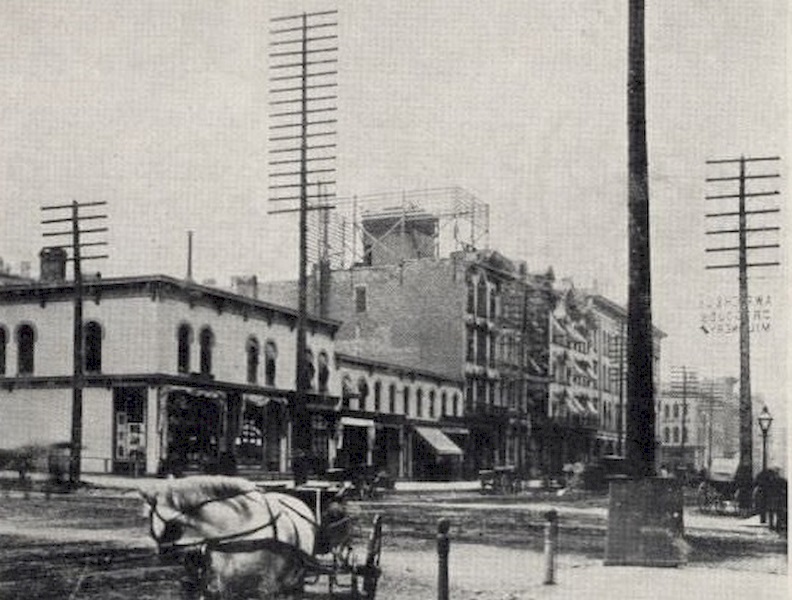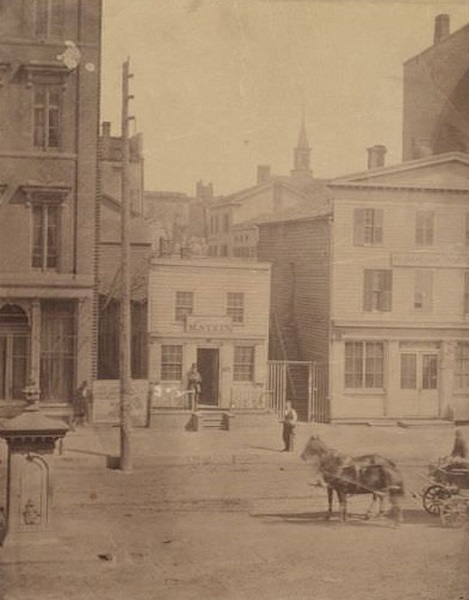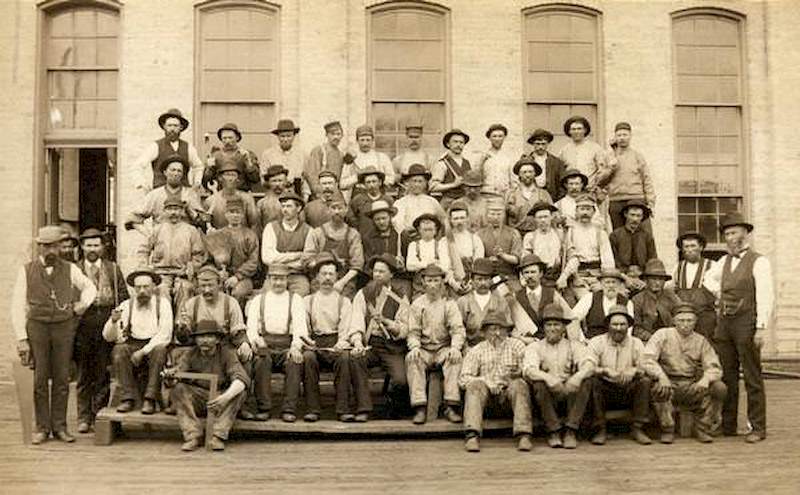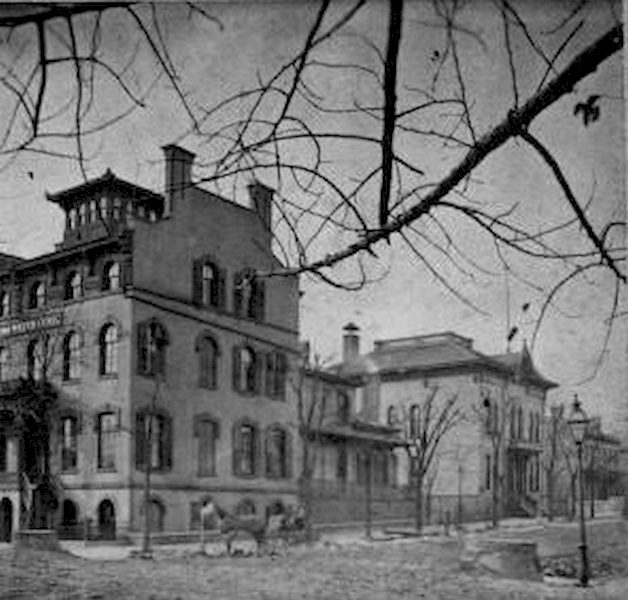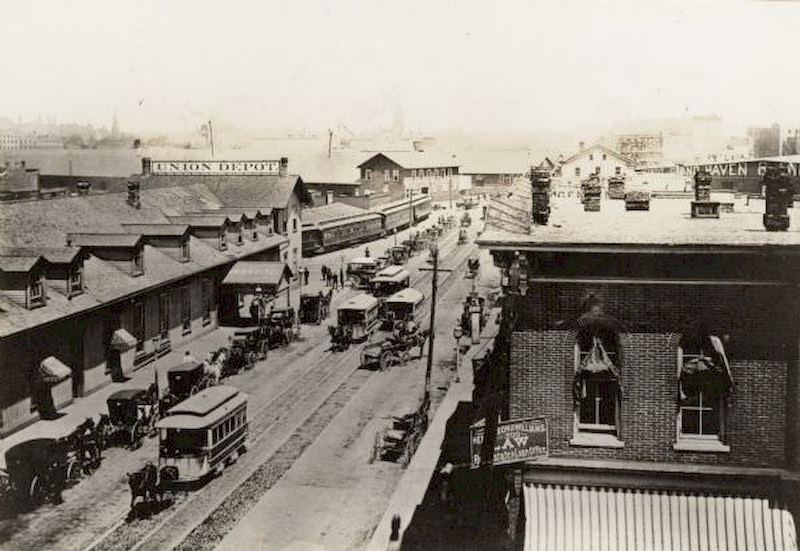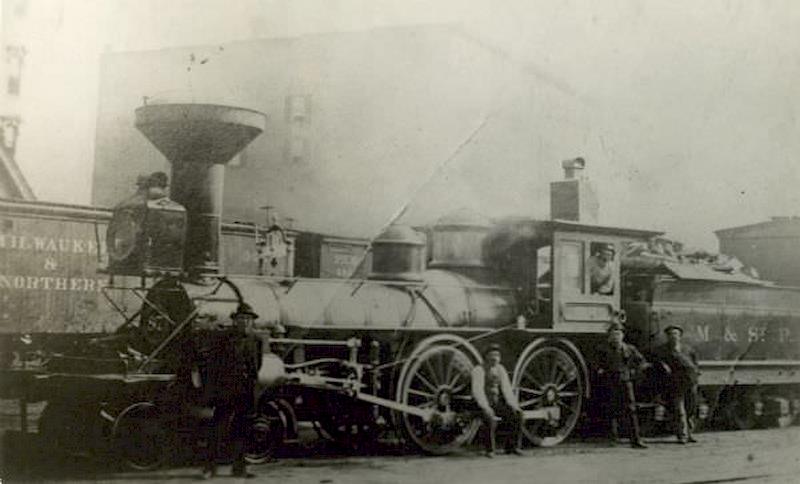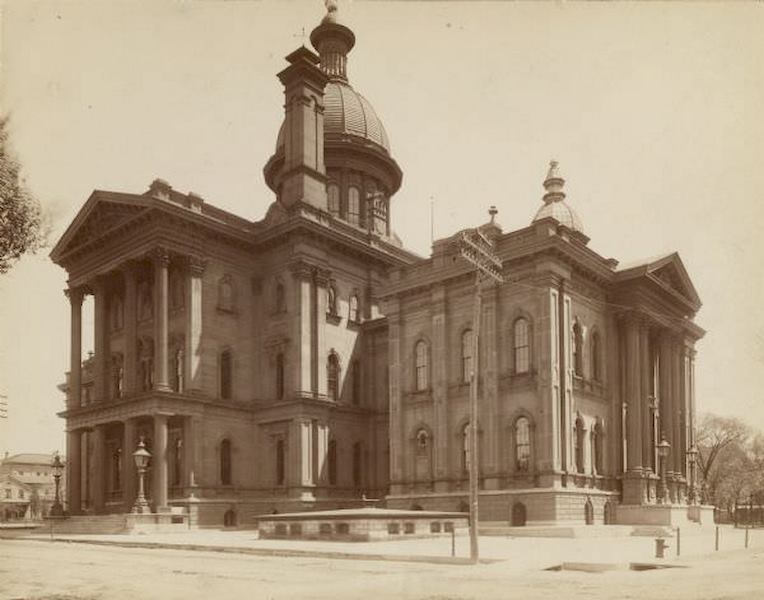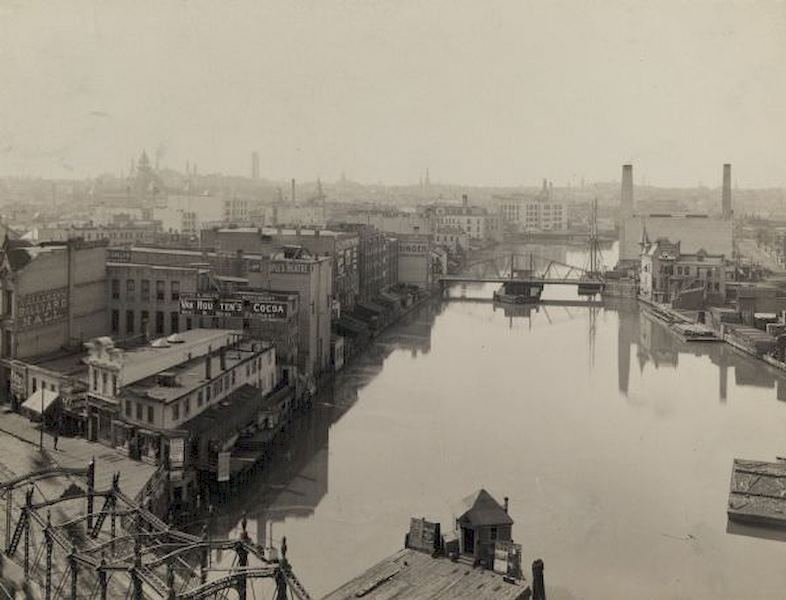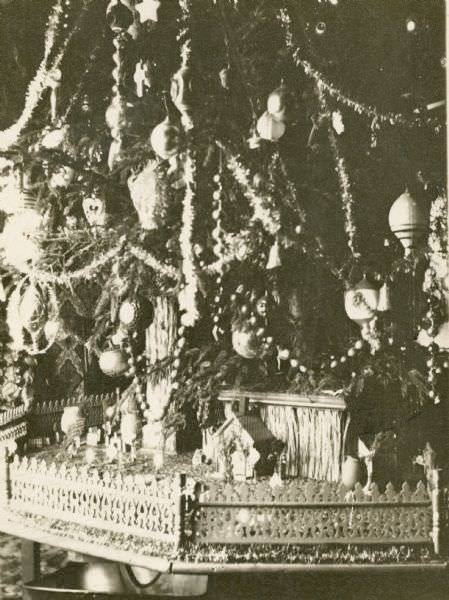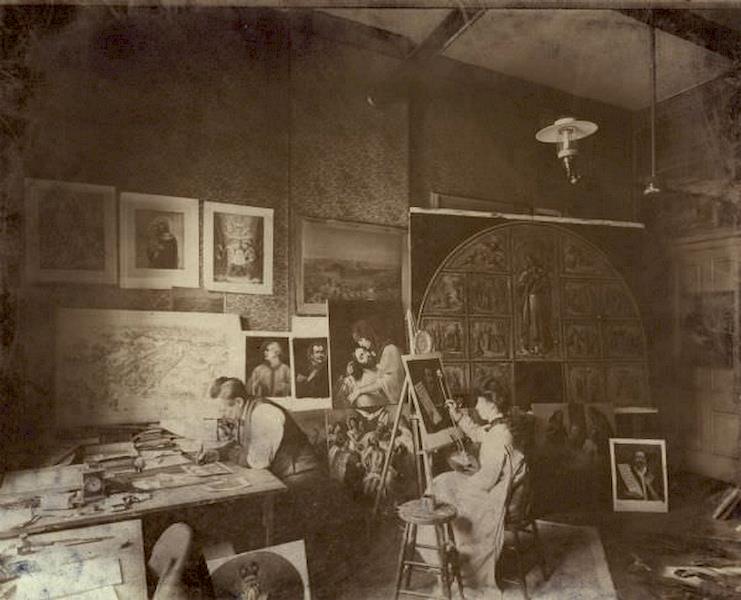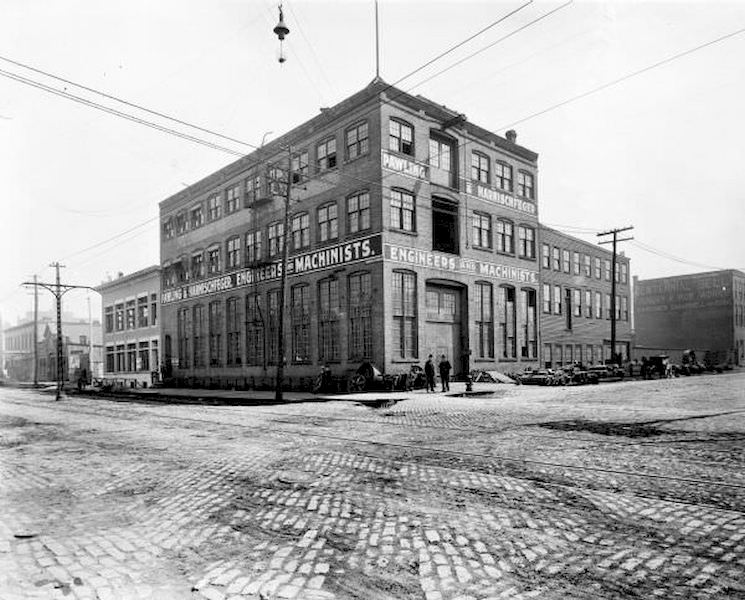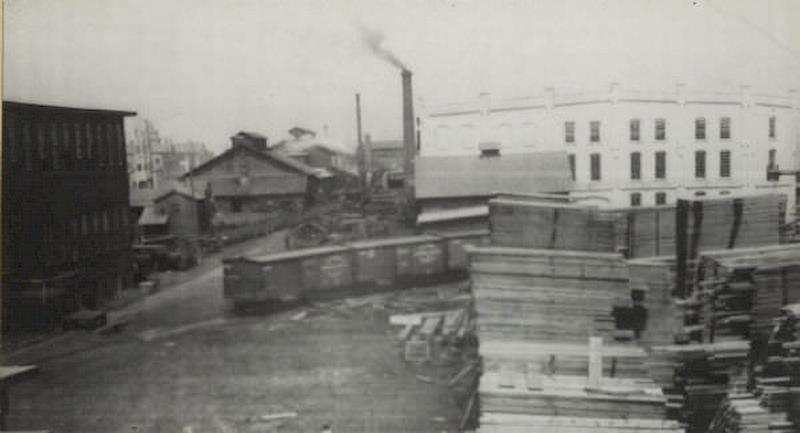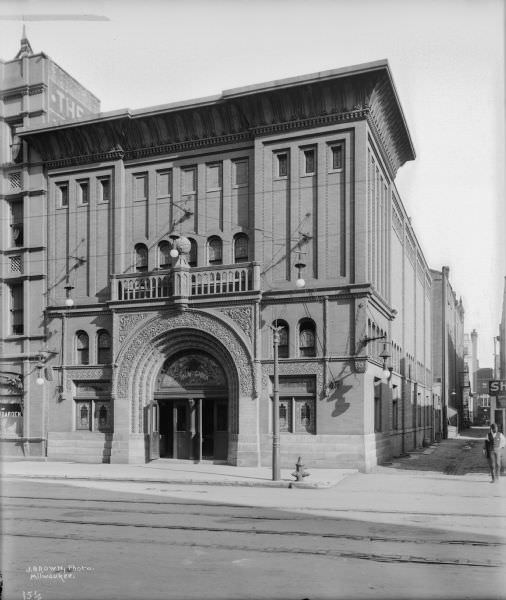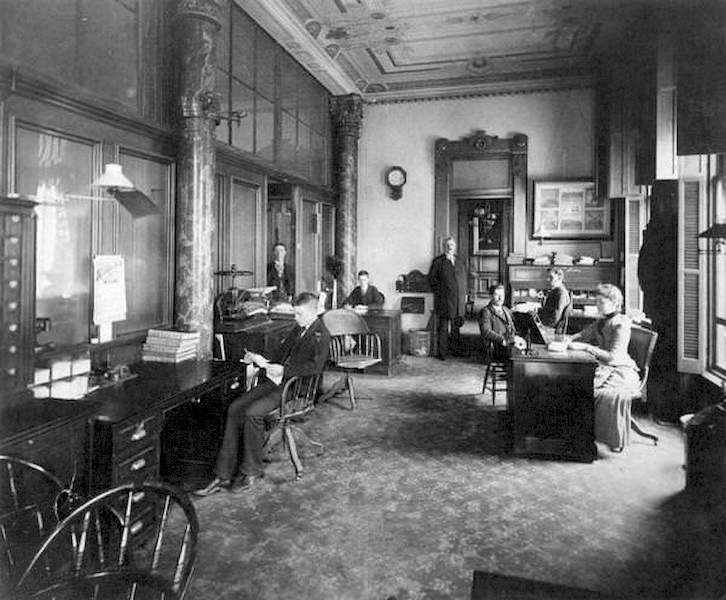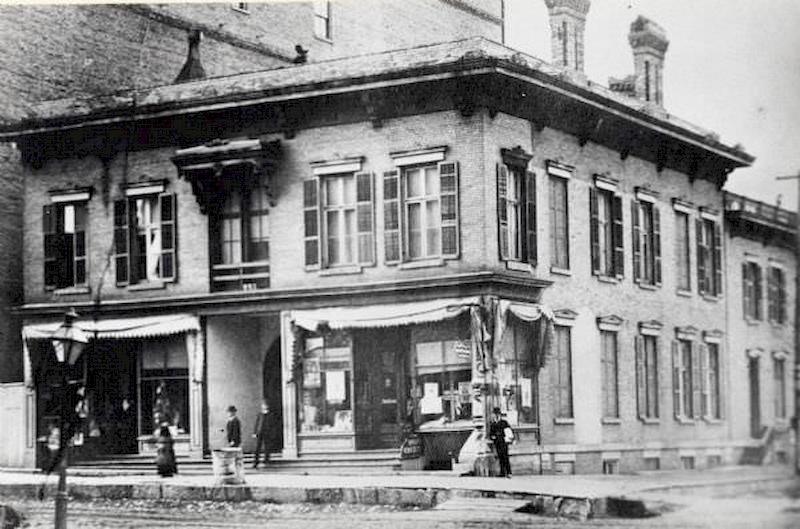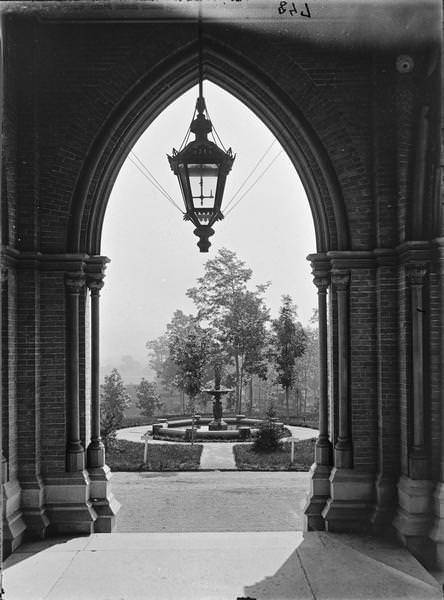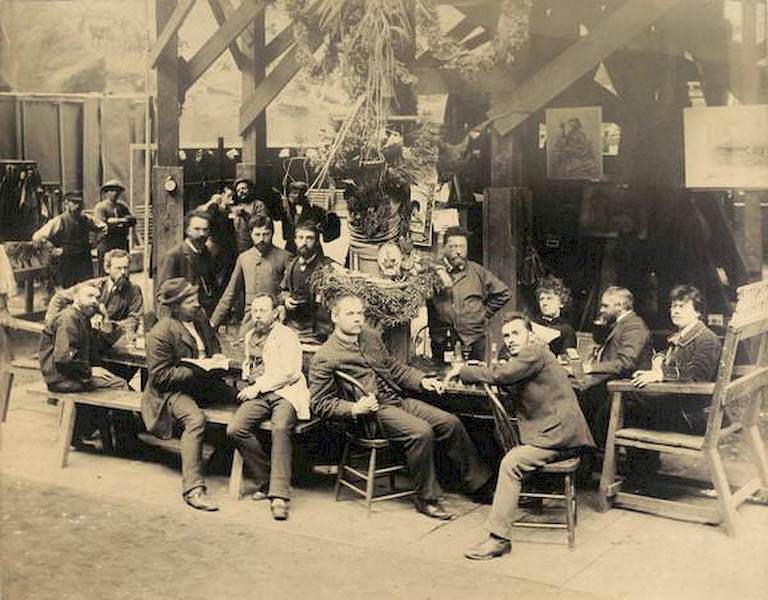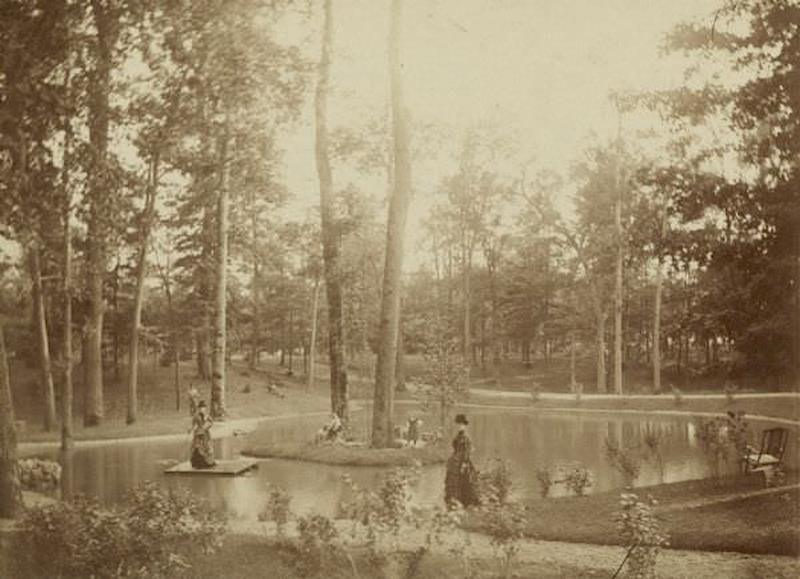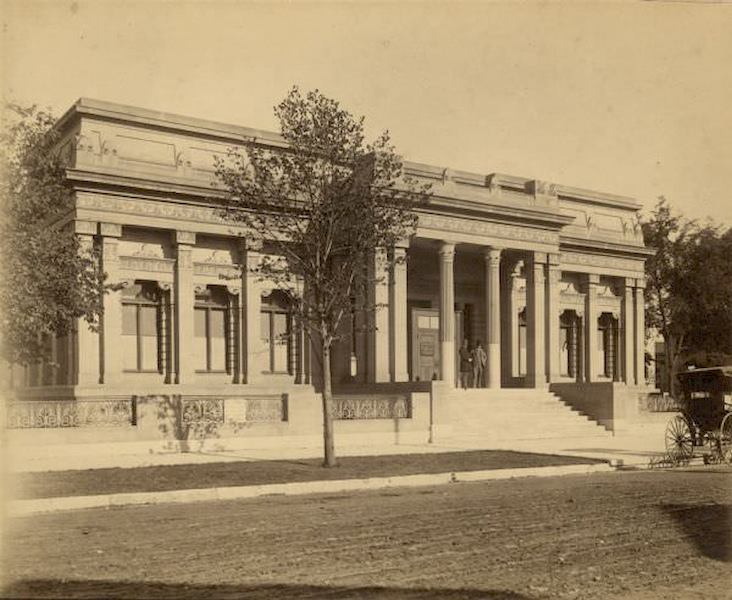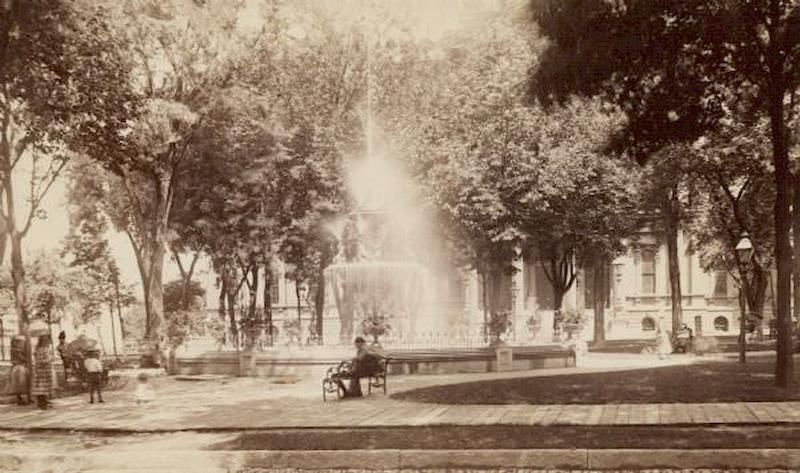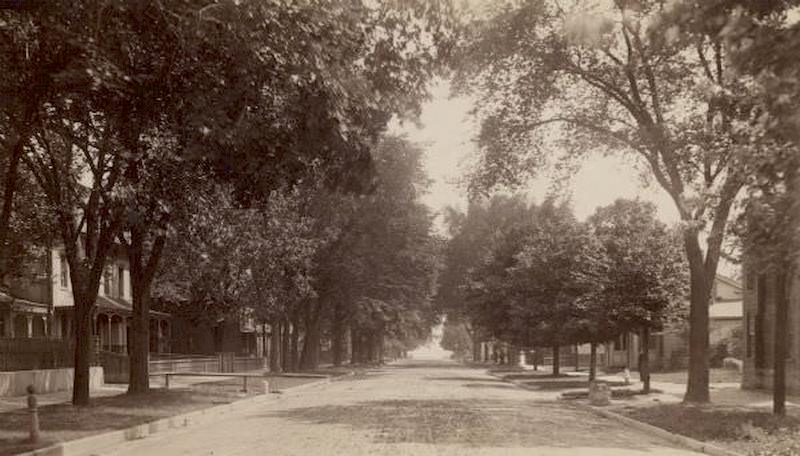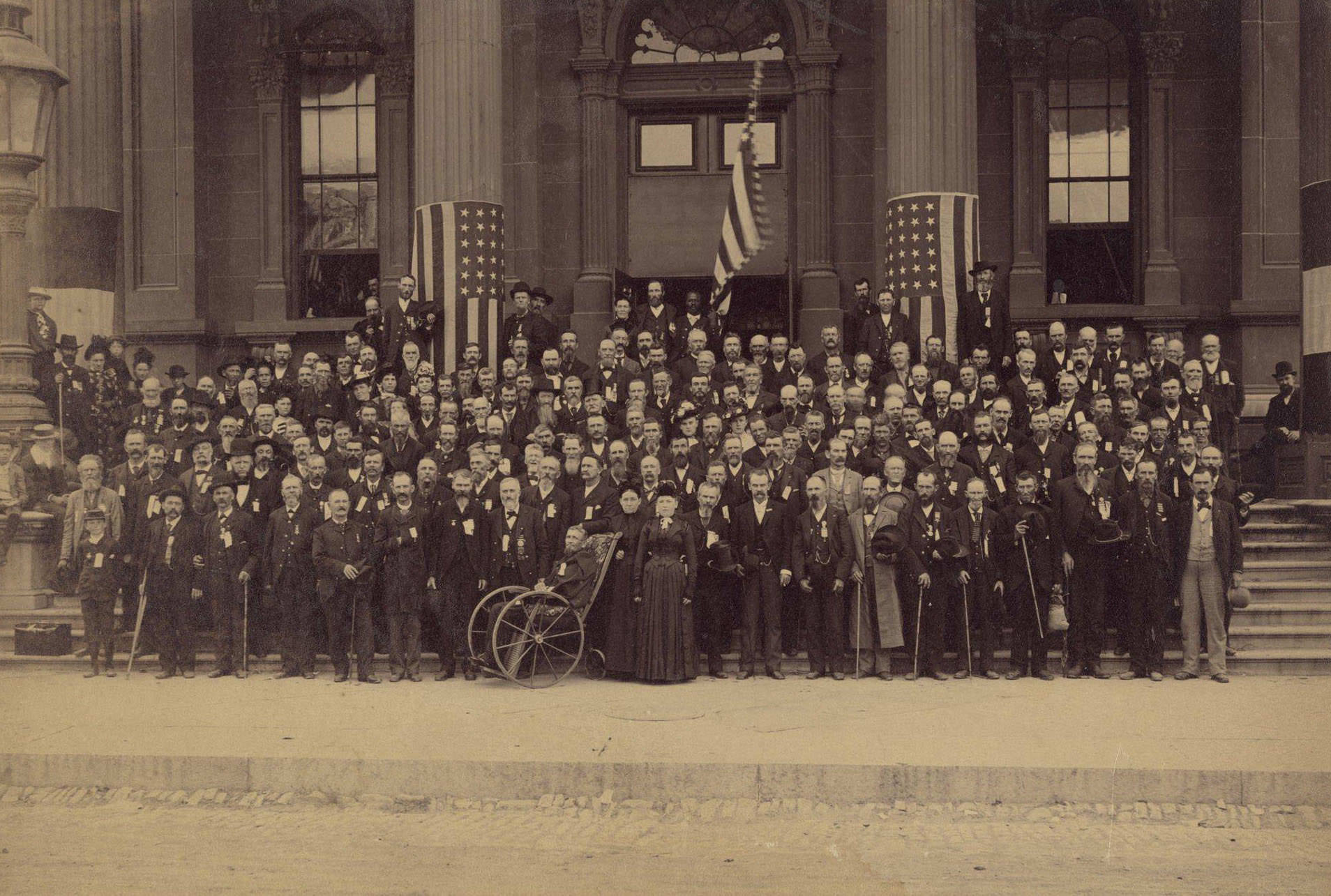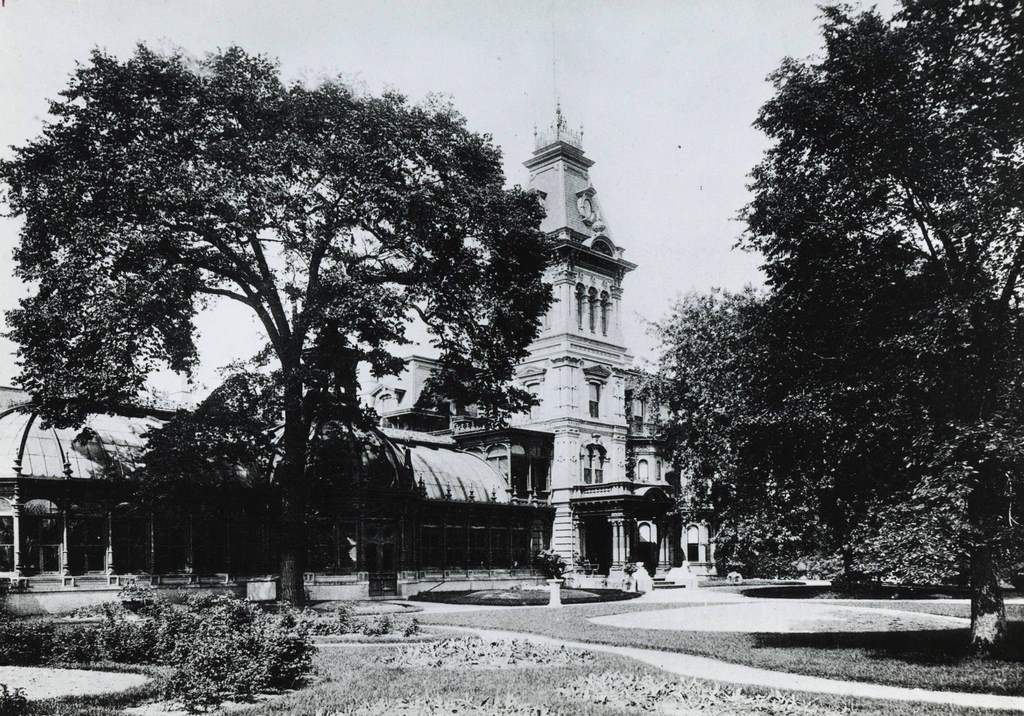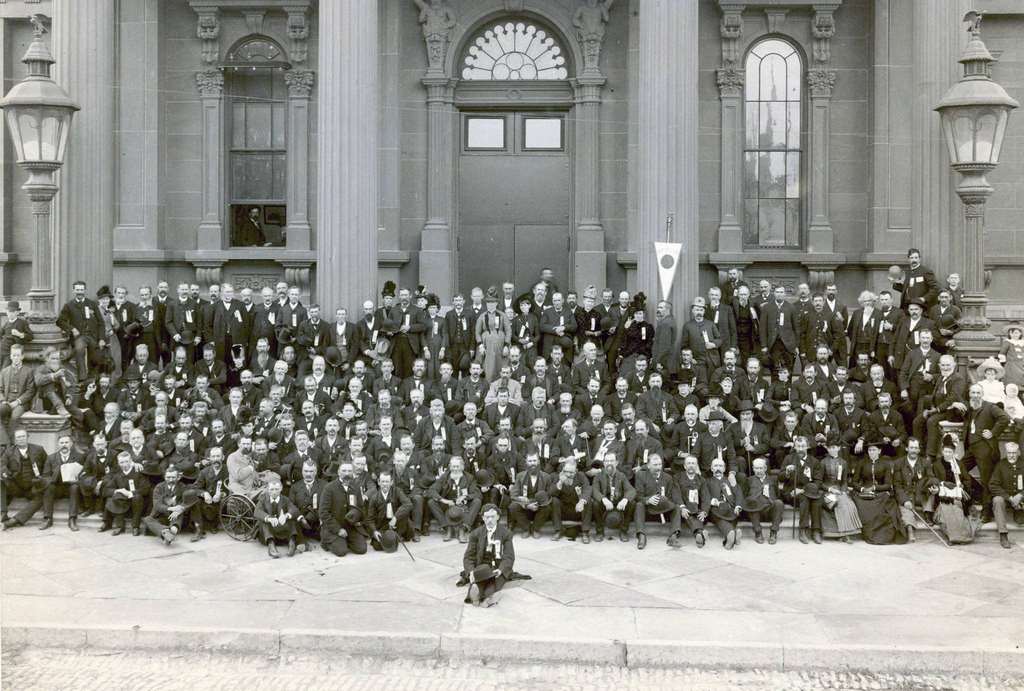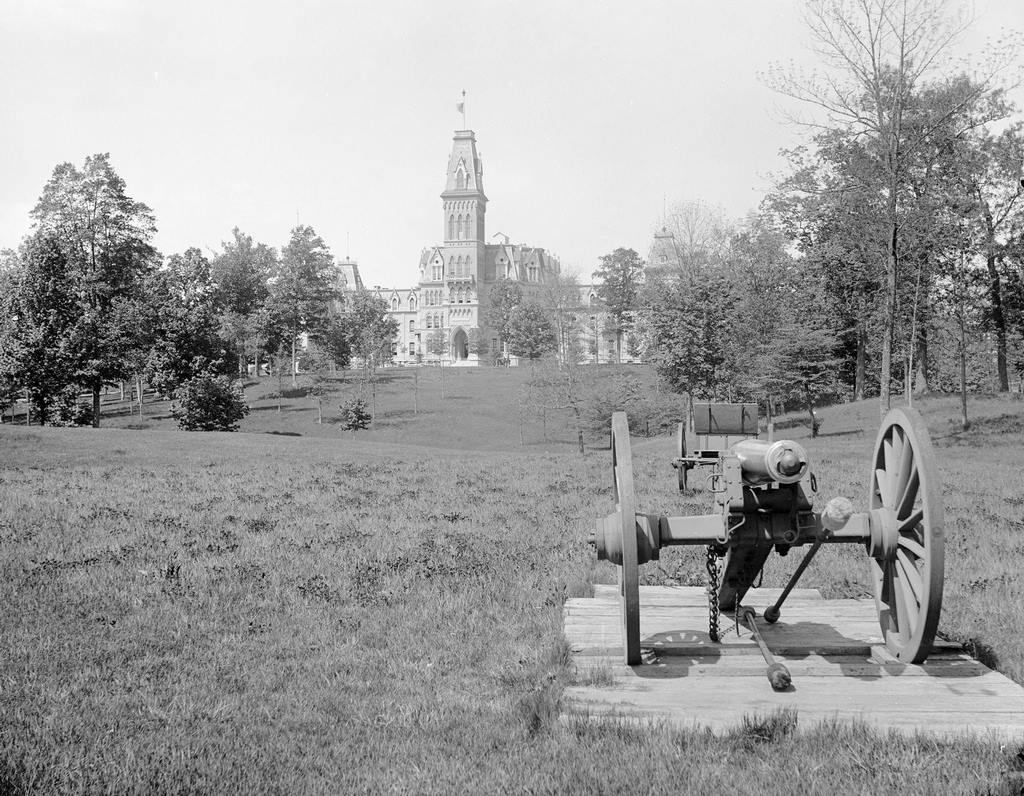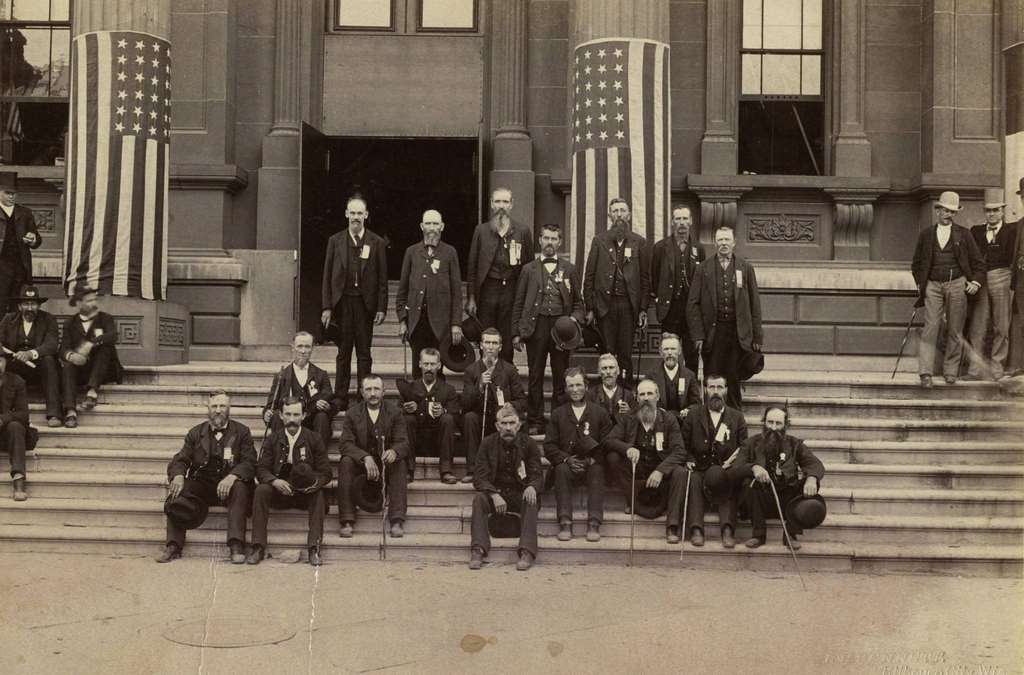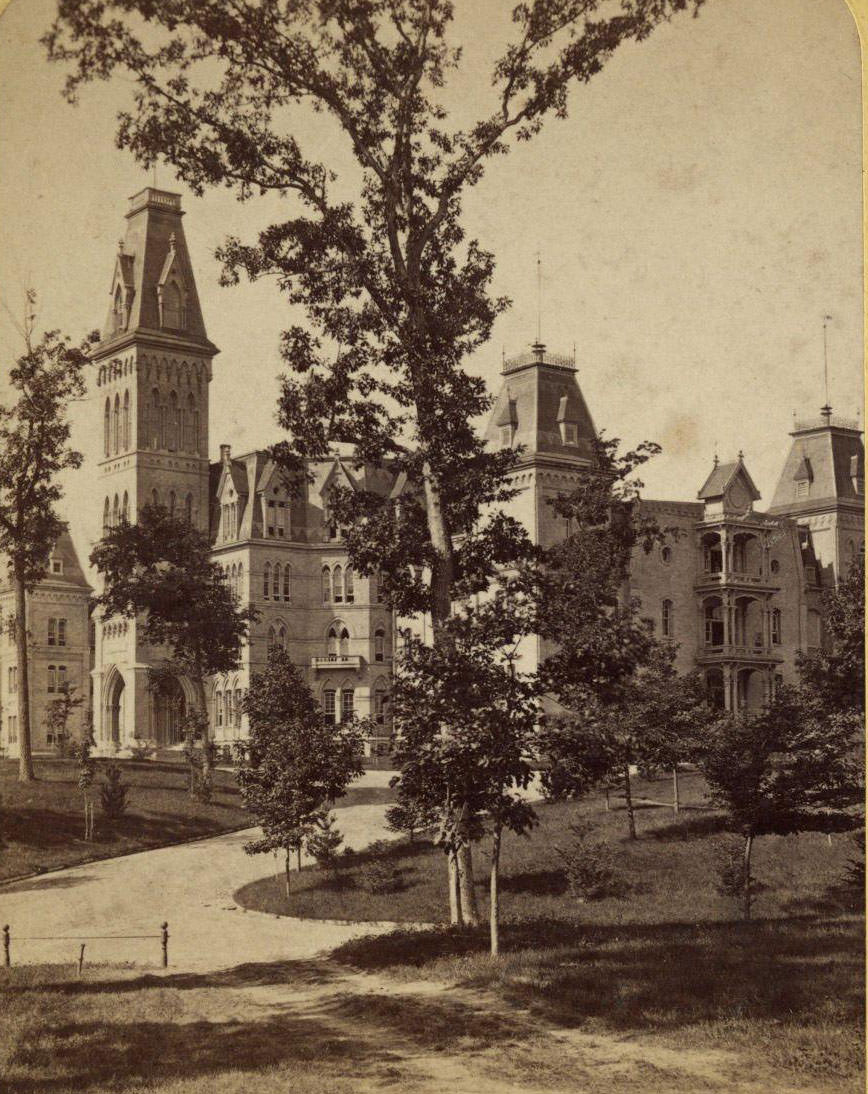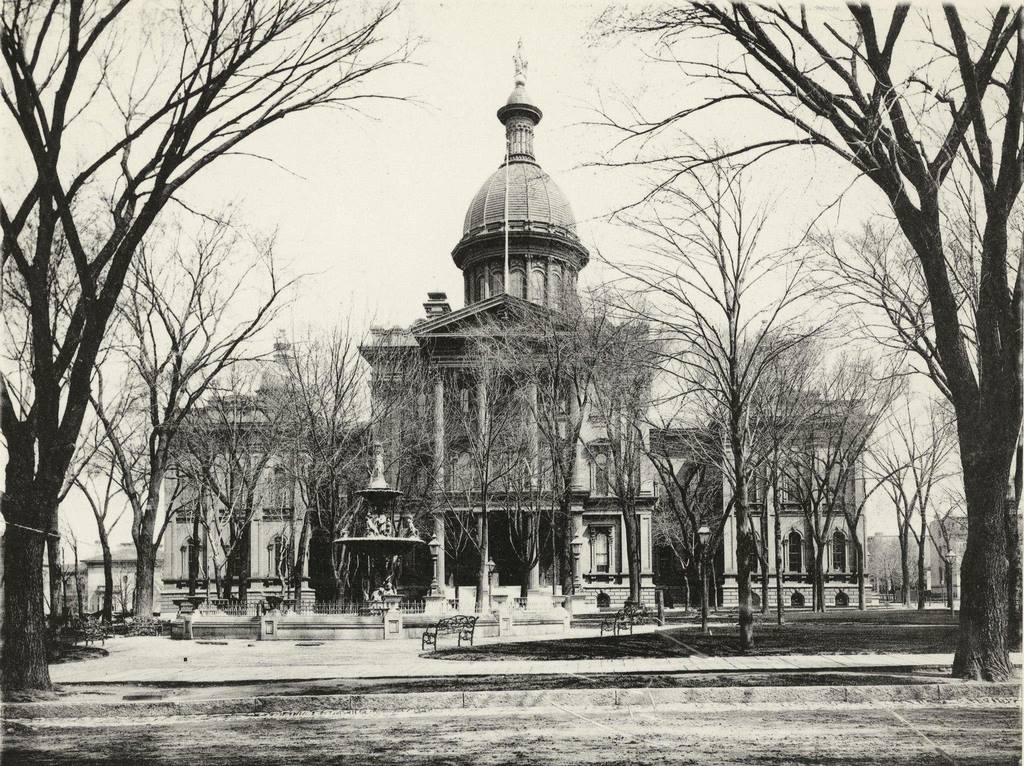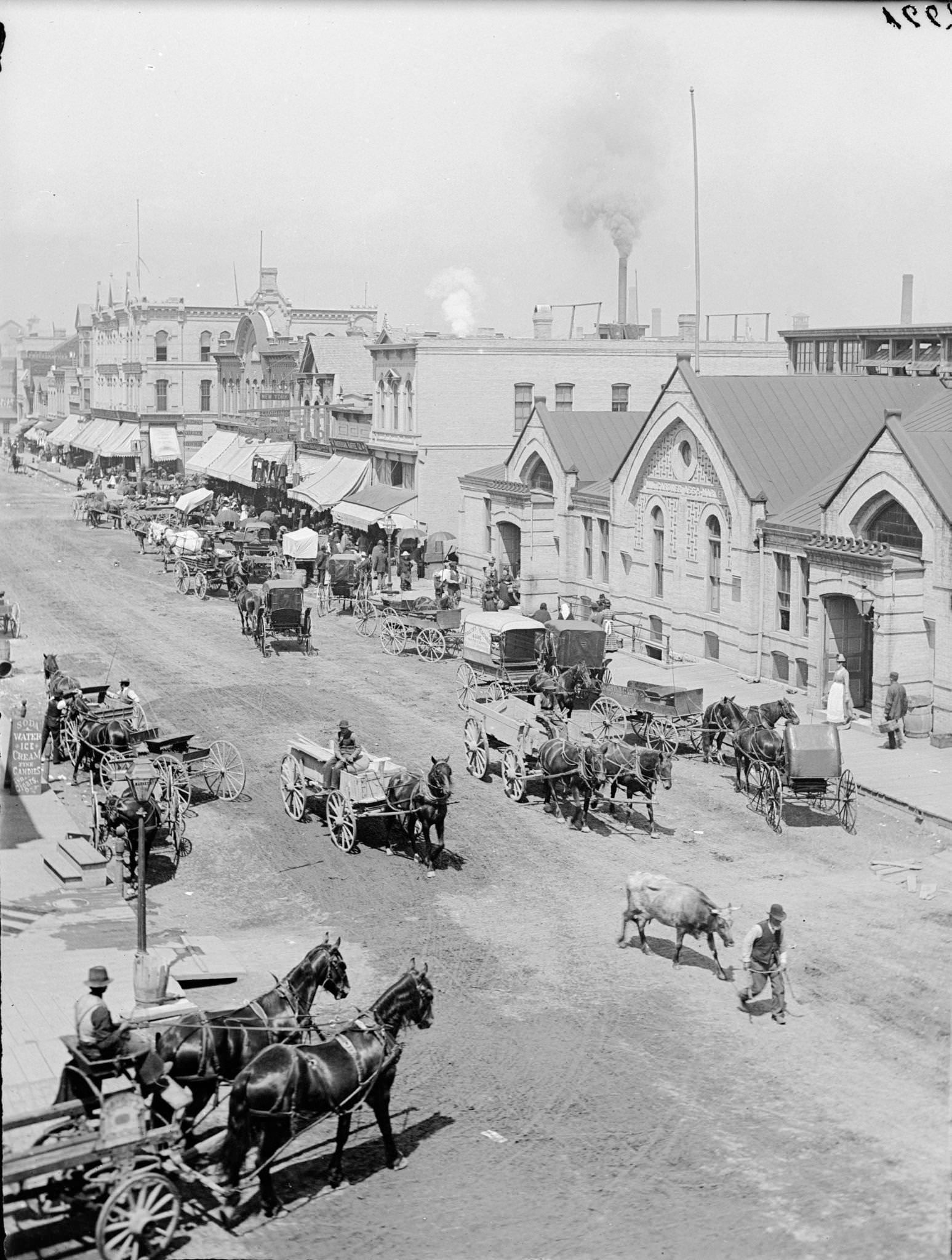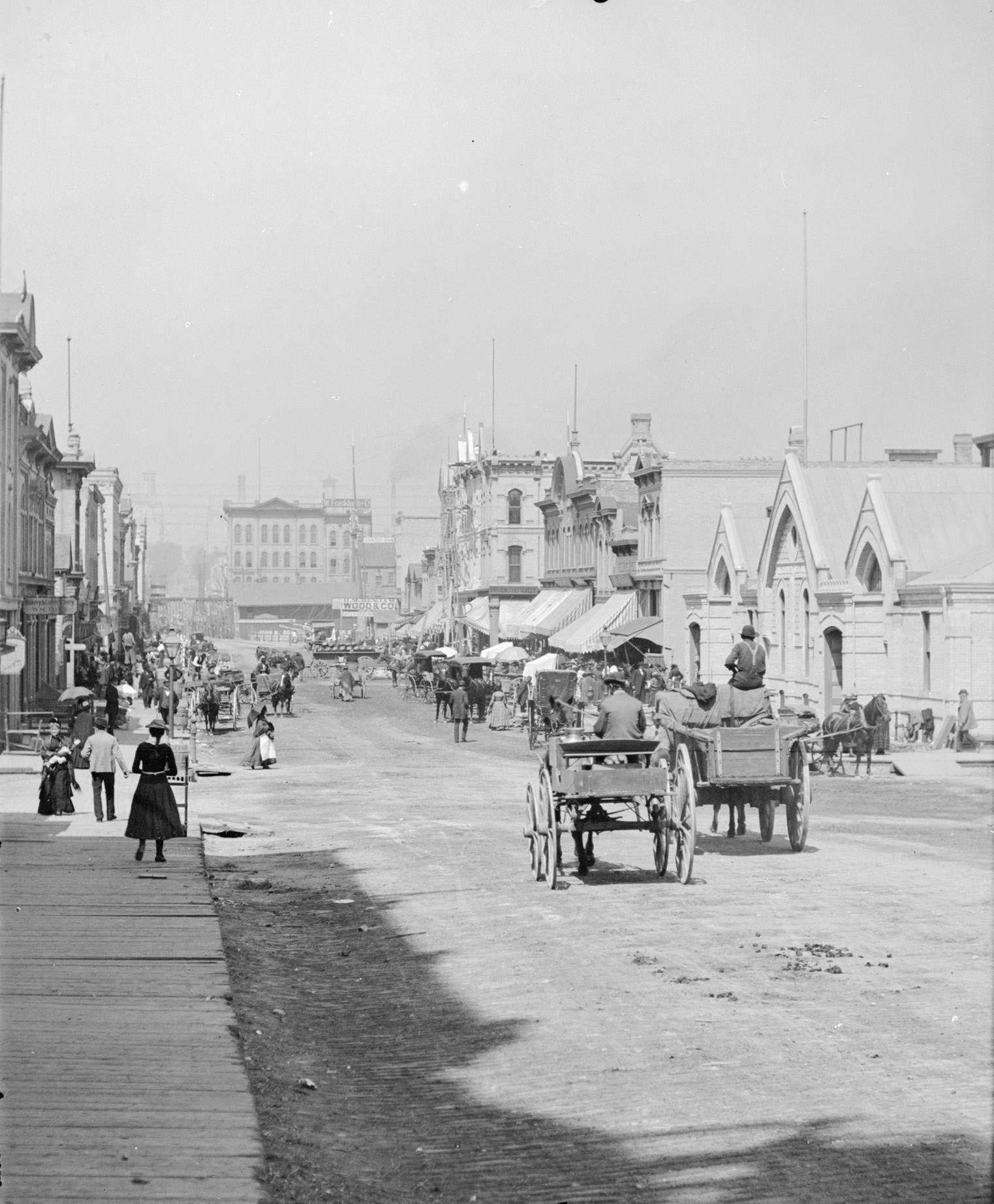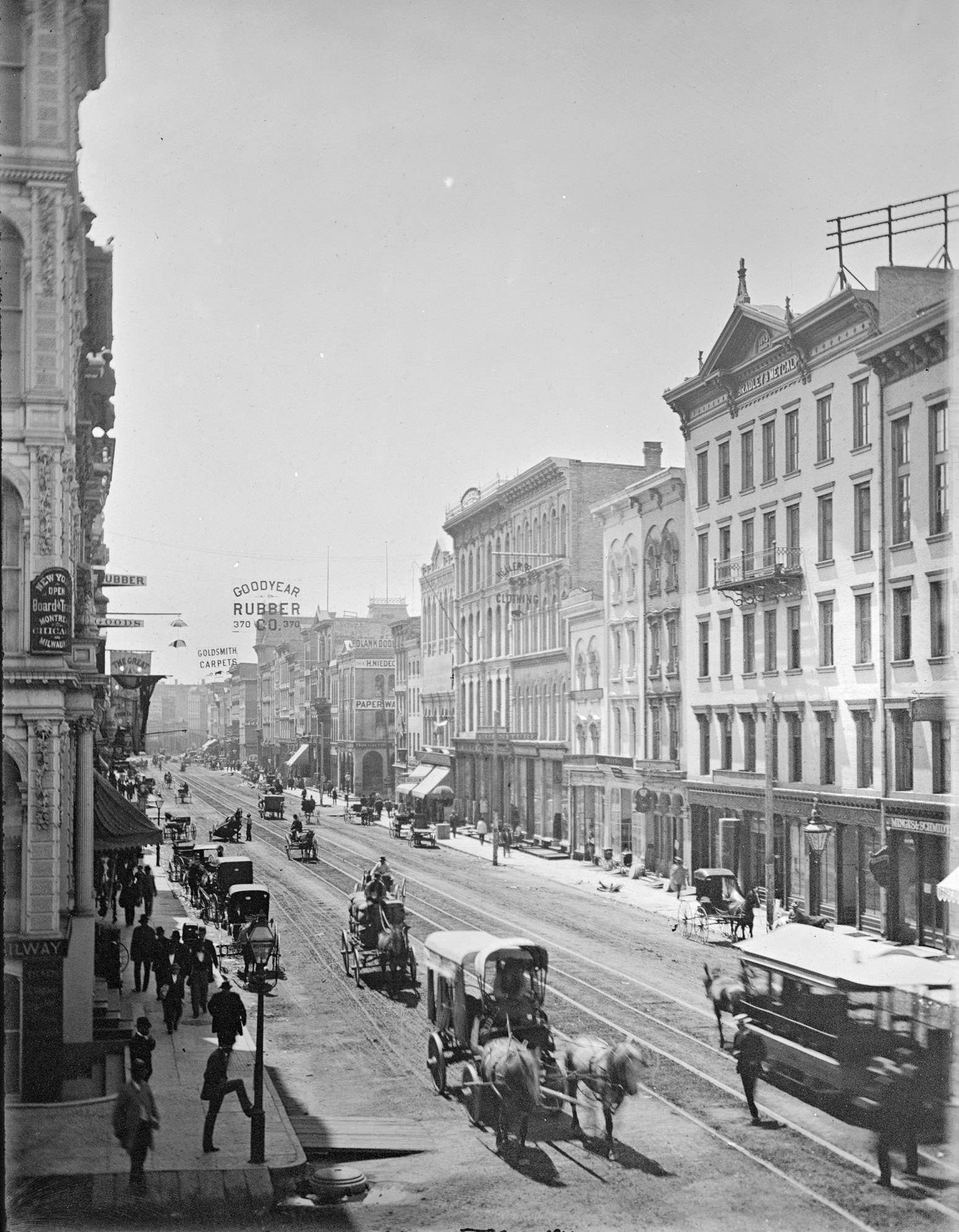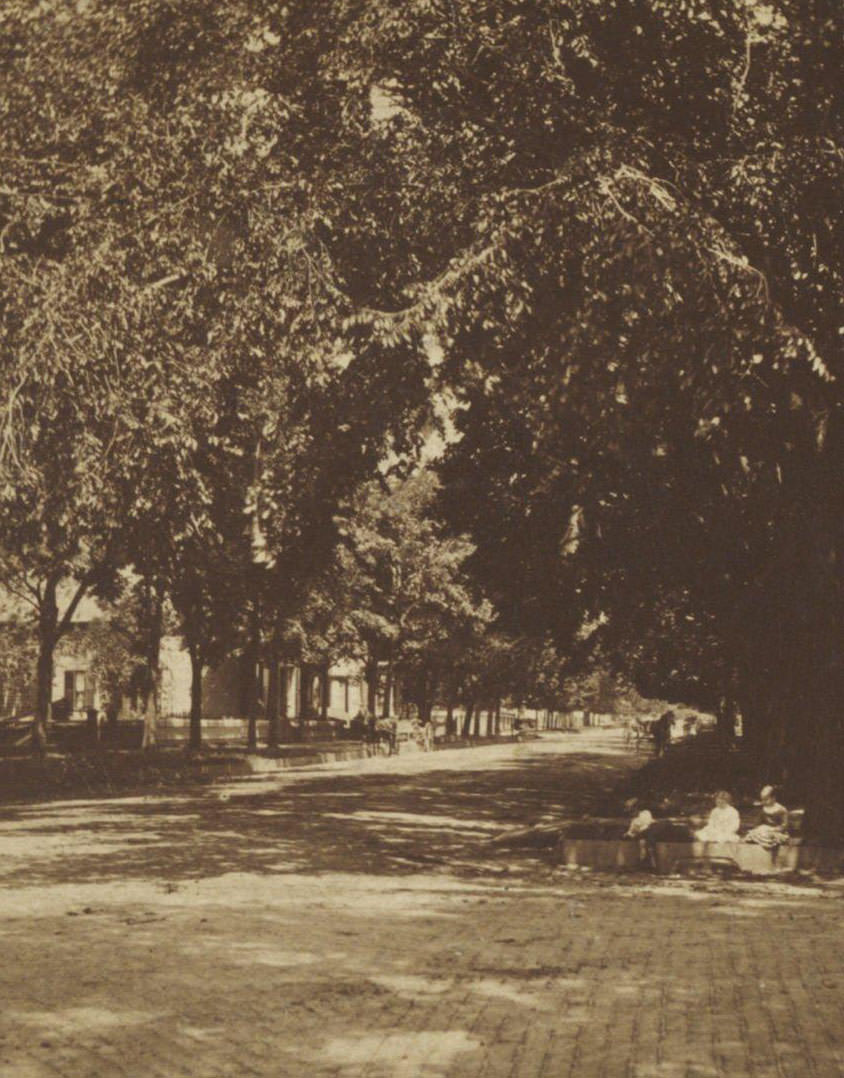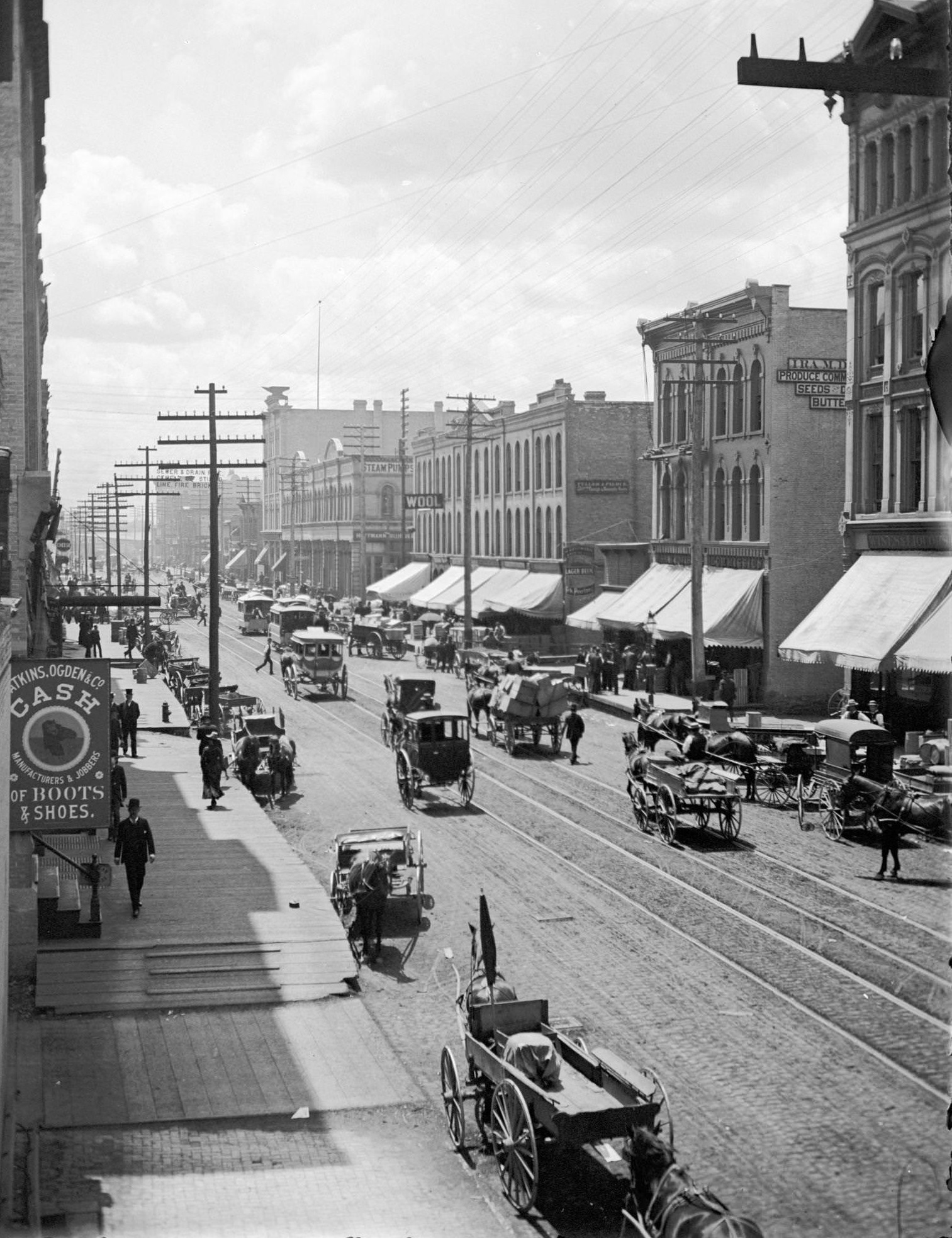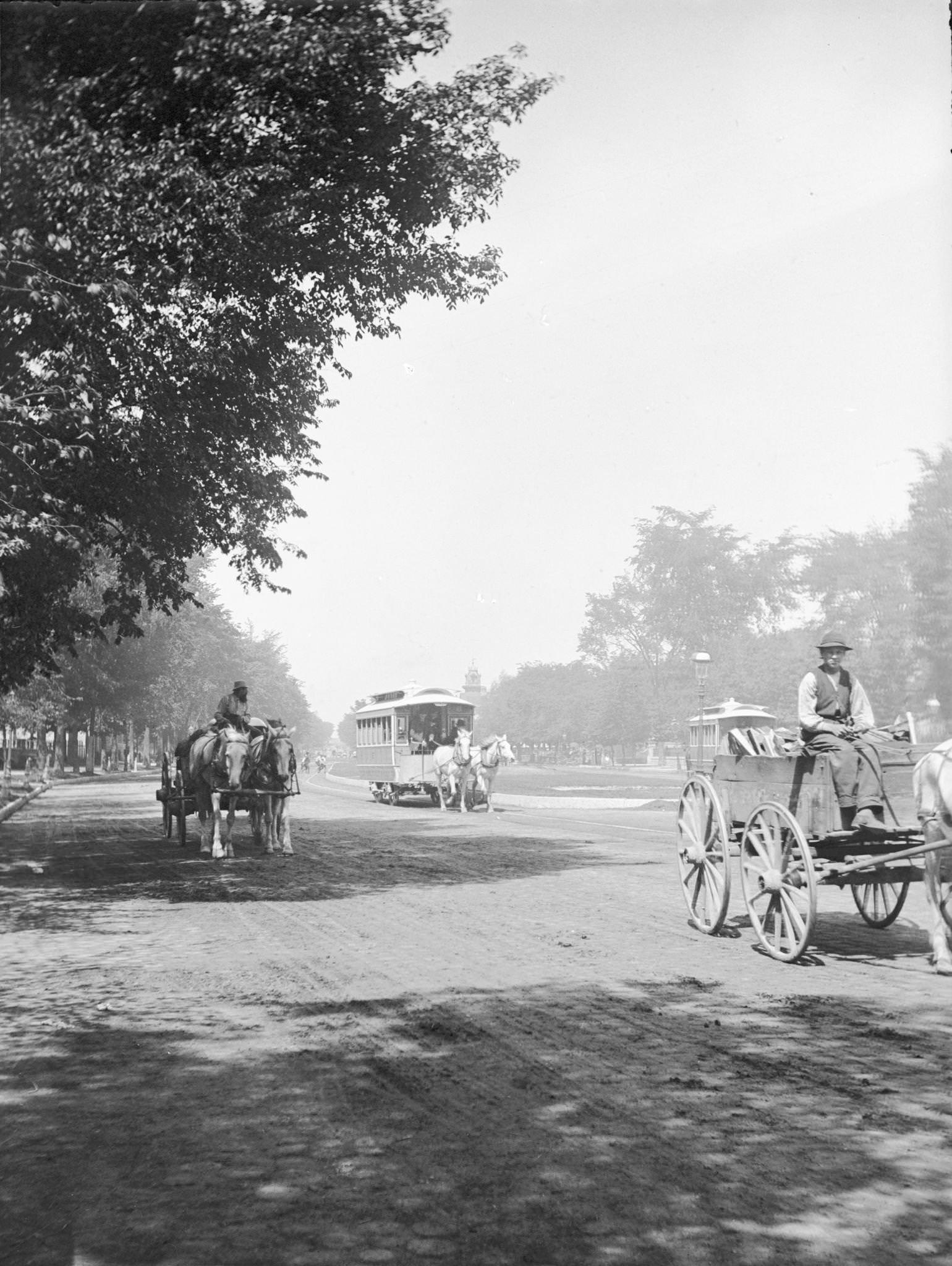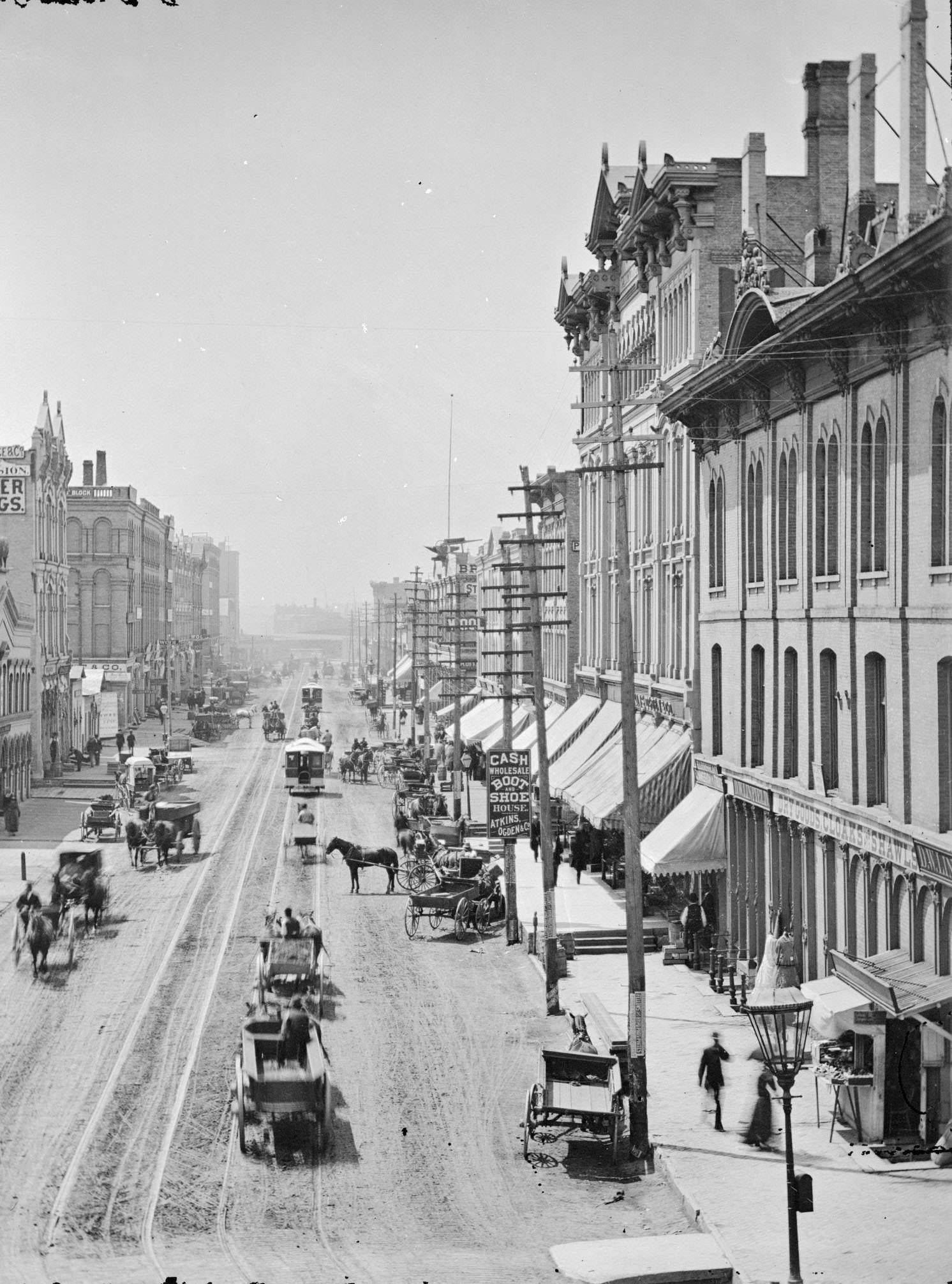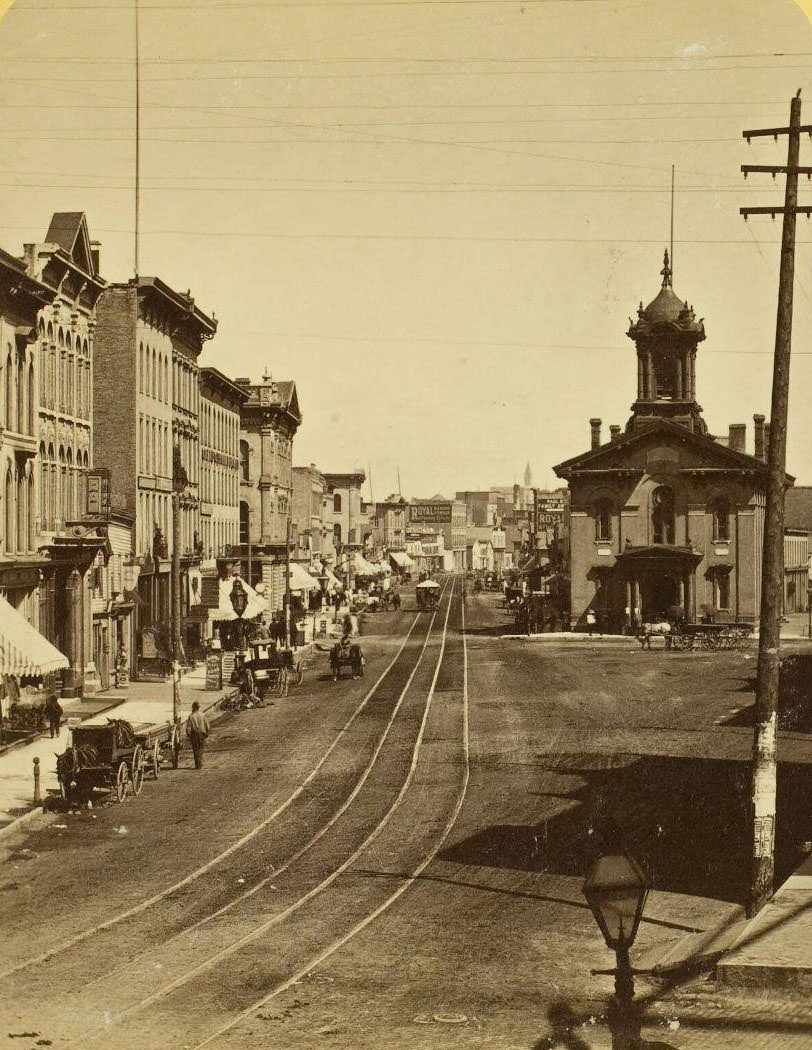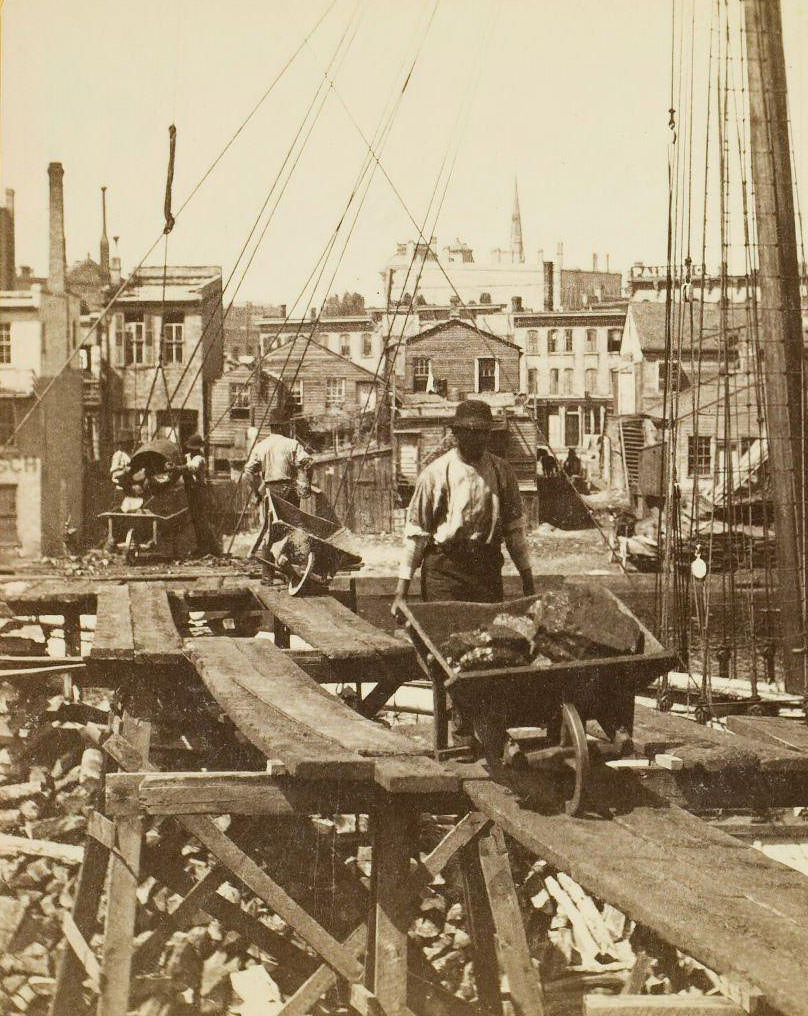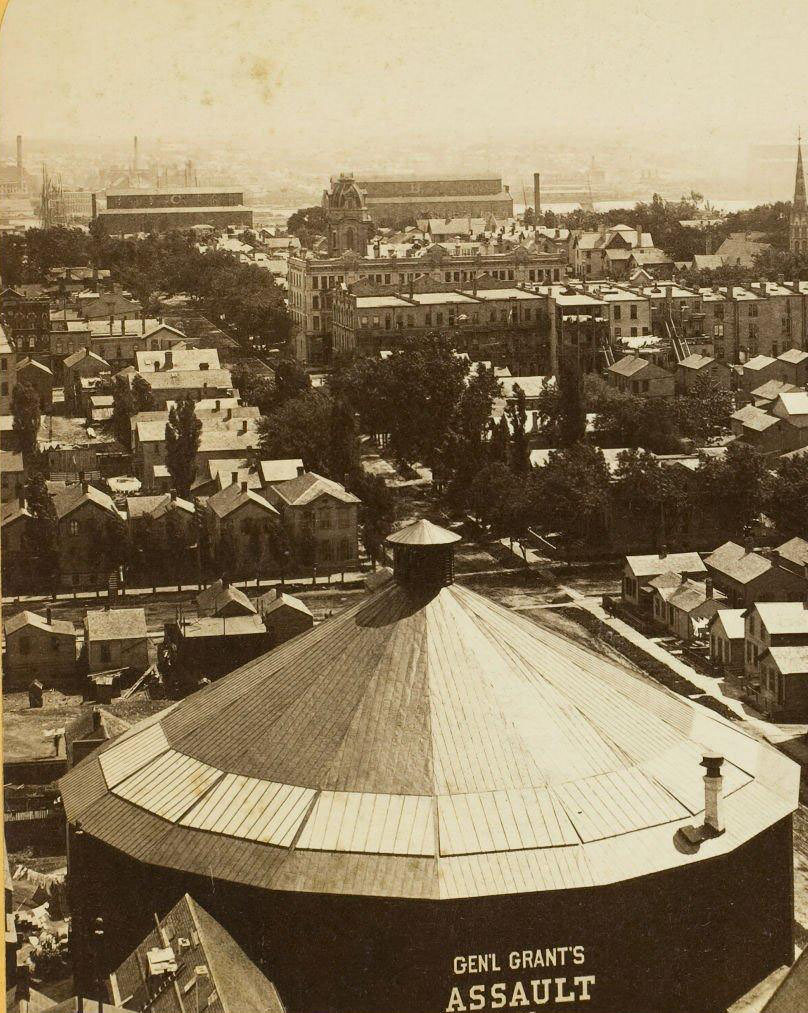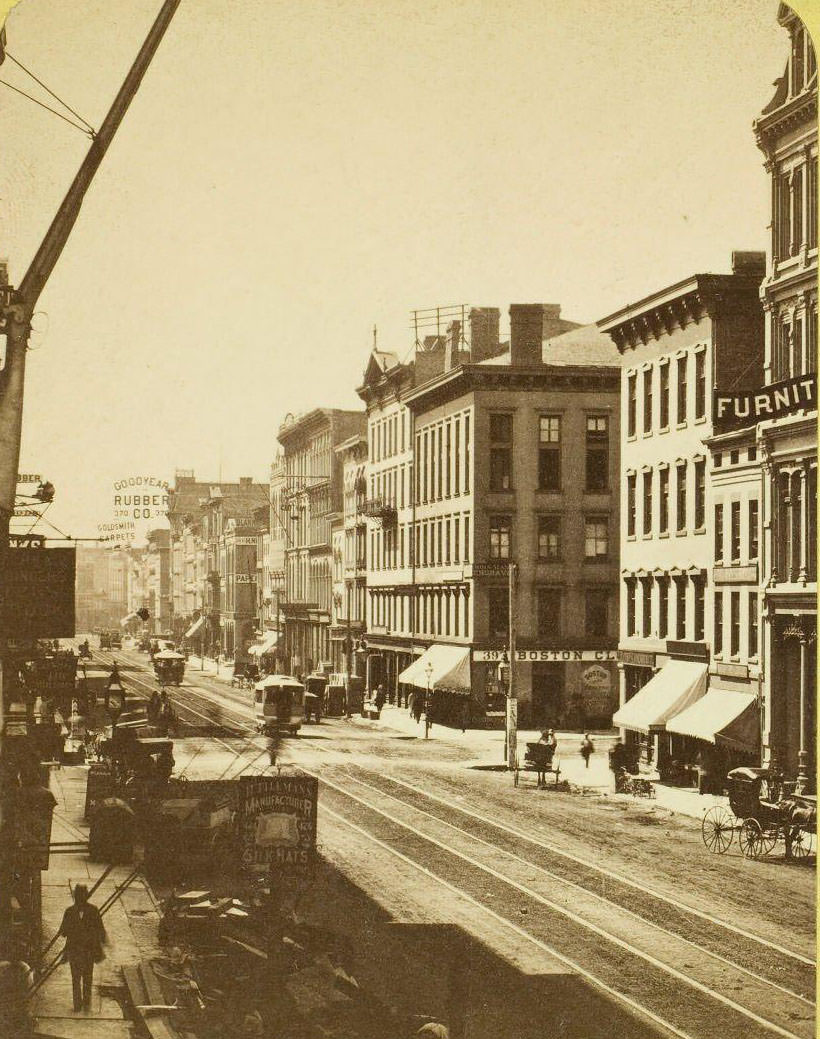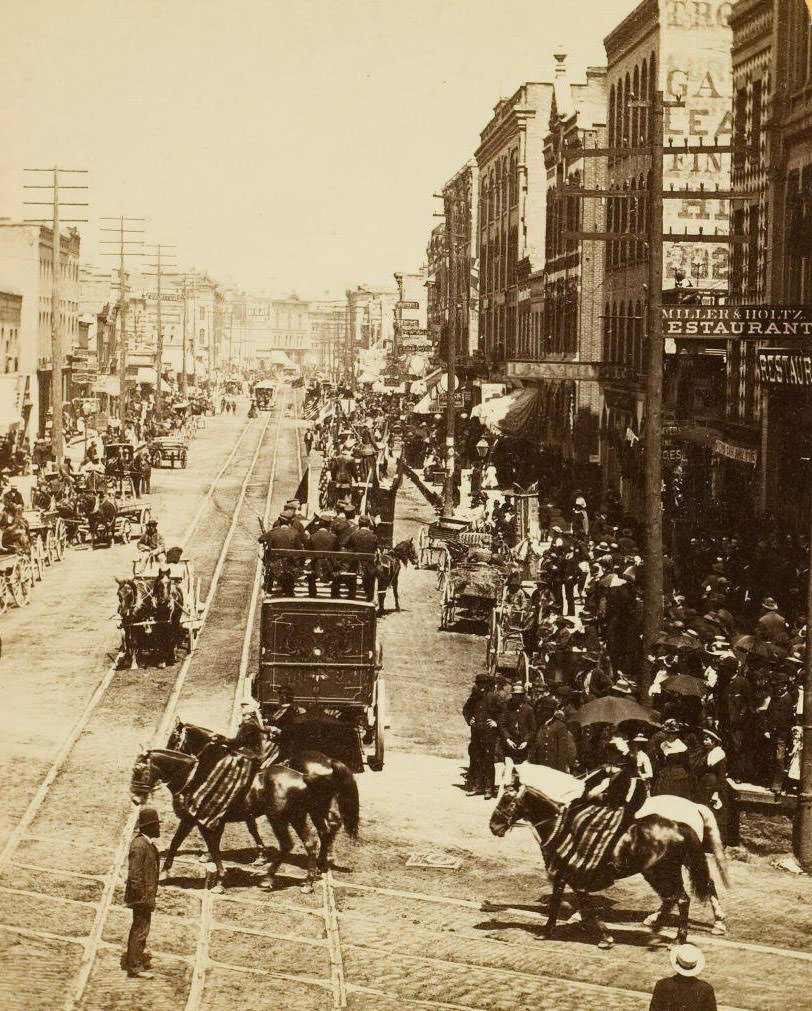Milwaukee’s rapid industrialization following the Civil War had positive and negative effects. Despite working harder and for longer hours, people received little pay. There was a growing disparity between the rich and the poor.
Most industries, including iron mills, meatpacking plants, and others, had poor working conditions and low wages. During the 1880s, the lowest-paid workers worked ten-hour days, six days a week, for $1.25. Milwaukee had a small labor movement before 1865, but the labor movement took off after the war when the Knights of Labor union began heavily organizing in the area. Union membership was half the city’s blue-collar workforce in 1886. At the time, the union’s main concern was the eight-hour workday. Milwaukee’s employers generally refused to reduce their workday at the same wage. The city was closed down in May due to strikes and lockouts. One thousand strikers marched on the Milwaukee Iron Company on May 4 to shut it down. To protect the mill, Governor Jeremiah Rusk called out the local militia. During a strike in Milwaukee in May of 1886, state-sponsored militia shots killed striking workers. Workers condemned the action throughout the city, many of whom belonged to a national labor union, the Knights of Labor. This movement led to the formation of the People’s Party of Wisconsin. Socialists in the city reluctantly joined forces with the People’s Party. In the 1886 elections, the Party won many seats, including one in Congress. After the Socialists left the Party, the Democrats and Republicans joined forces against the People’s Party. Over the next few years, the Party disintegrated.
These stunning photos will take you back to the 1880s in Milwaukee. Also check, Milwaukee in the 1860s, 1870s, and 1890s.
.
#1 National Soldiers’ Home. Milwaukee, Wisconsin, 1887
#2 Newhall House, 1880
#3 General Labor Strike at Allis Reliance Works, 1886
#4 Corner of 706 North Jefferson Street; from a booklet of collotype views published by the photographer, Milwaukee, Wisconsin, 1889.
#5 A parade for President Grover Cleveland’s Milwaukee visit during his Goodwill Tour, Milwaukee, Wisconsin, October 1887.
#6 Forest Home Avenue. This hotel was situated on what was originally a plank road between Milwaukee and Muskego, 1880
#7 Front of music hall along the road, with a horse and carriage team in front of the entrance, 1880
#8 P.H. Best Brewing Company, 1880
#9 The Plankinton House is in the near foreground across the street, 1880
#10 Chamber of Commerce at Broad and Michigan Streets, 1885
#11 Milwaukee and Main Street, 1882
#12 Hawks Inn, Delafield, 1884
#13 Crowds fill a Milwaukee street as a band plays at a Sängerfest competition, 1886
#14 Independent Hose Company Number Three, at the Northside Engine House on Milwaukee (Seventh) Avenue, 1887
#15 UW Football Team, 1889
#16 Gettelman Brewery, 1880
#17 Kleinsteuber Machine Shop, 1880
#18 West Water Street seen from Grand Avenue, 1880
#19 Elevated view of corner of Milwaukee and Wisconsin Streets, 1880
#20 St. James Church, 1880
#21 Brumder Building, 1880
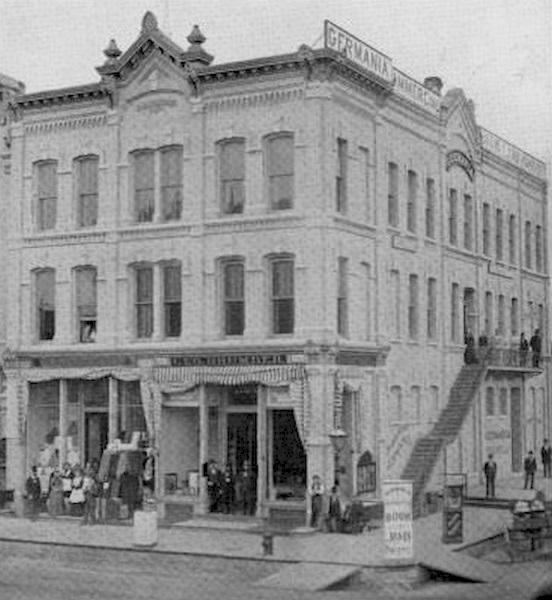
Brumder and his family lived on the second floor. As noted in the caption, George Brumder is pictured at right in the doorway at ground level. His wife, Henriette, is standing at left at the top of the stairway on the side of the building. Two signboards are standing on the wooden sidewalk near the corner. A sign along the top of the building reads: Germania Commercial, Book, and Job Printing. There is a small carriage at lower right.
#22 Elevated group portrait of the veterans of the First Wisconsin Calvary, 1880s
#23 National Home for Disabled Volunteer Soldiers, 1881
#24 Newhall House Rotunda, 1881
#25 Women switchboard operators at the sole Milwaukee telephone exchange, 1883
#26 Milwaukee Panorama Artists with Panorama, 1886
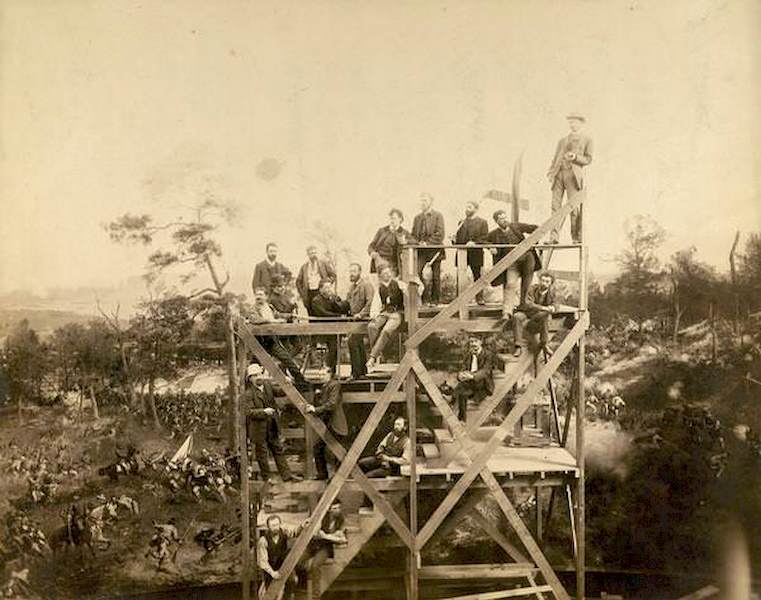
Group portrait of a group of German panorama painters on a scaffolding in their Milwaukee studio, with The Atlanta Cyclorama as a backdrop. Included in the group are, standing from the top left: Franz Bilberstein (landscapes), August Lohr (supervisor and designer of landscape settings), Herman Michalowski (figures), Feodor von Luerzer (landscapes), Franz Rohrbeck with flag (figures, especially Confederates), Theodor Breidwiser (figures), Johannes Schulz (seated) (figures), and Otto Dinger at the top right (figures). In front of them from the left with large moustache, Albert Richter (figures), Gustav Wendling (figures), Bernhard Schneider (landscapes), Bernhard (Wilhelm?) Schroeder (Schroeter?) (landscapes), and Paul Wilhelmi (figures).
#27 Exterior of Schlitz Brewing Company with two men and a boy in suits and hats in the foreground, Milwaukee, Wisconsin, 1888.
#28 Gottfredsen and Son Brewery, 1880
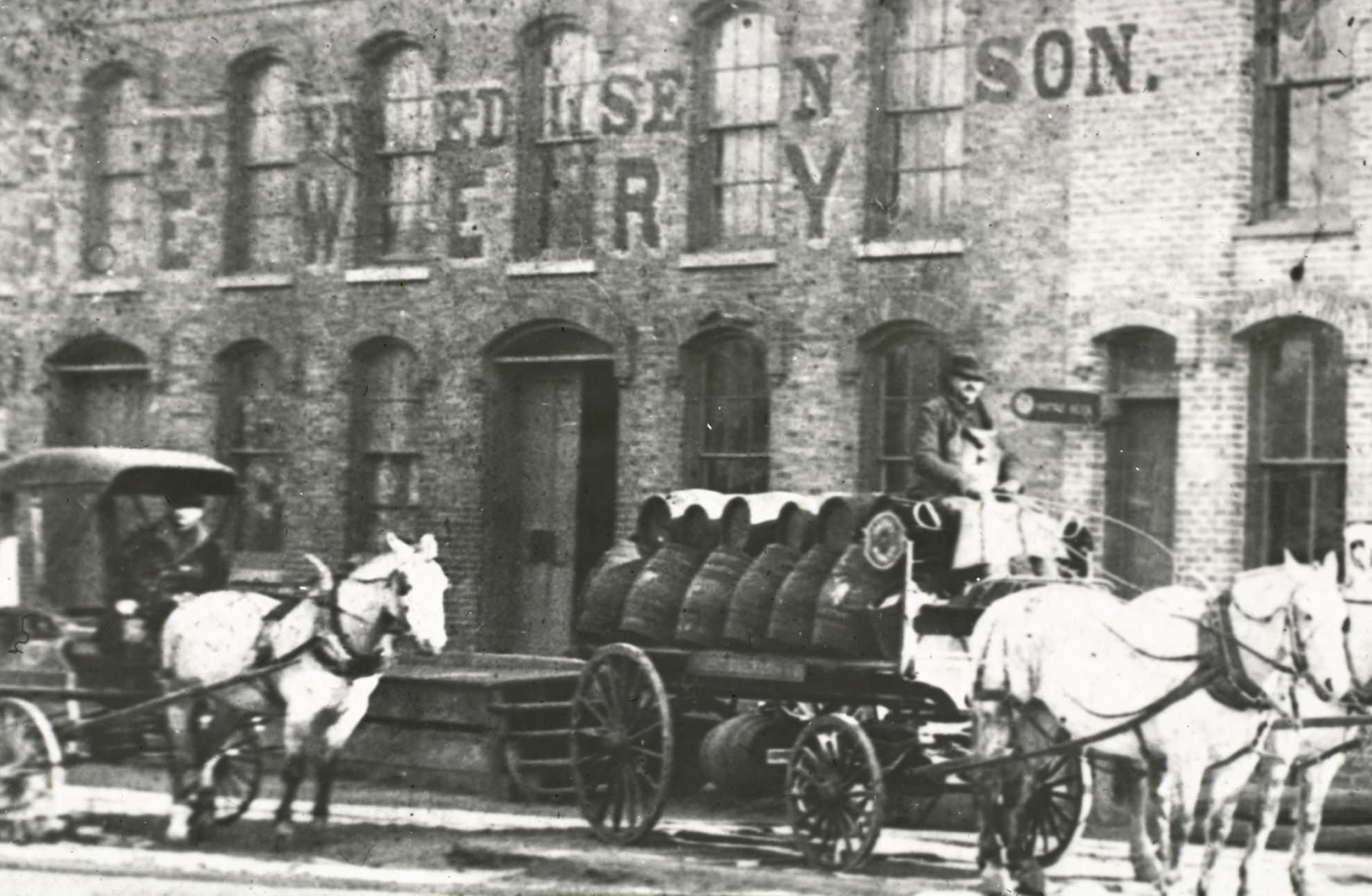
The location is on Milwaukee Avenue at Middle Street. The driver of the one-horse wagon is Conrad Hansis and the driver of the two-horse wagon is John Kriegsman. Jacob G. Gottfredsen was born in Denmark in 1821 and located in Kenosha in 1846. He started a brewery in 1858 which was run in his own name until 1877, when he admitted his son to the partnership. In 1890 they leased their buildings to the E. Grieshach Brewing Company of which Frederick J. Gottfredsen was president.
#29 Green Mountain House, 1881
#30 A brass band plays in a boxed-off area outdoors, while crowds gather around at a Sängerfest competition, 1886
#31 The first Post Office established in Somers Township was in (Pike) the George Willis Tavern, which by 1934 was the Elmer Maxwell home, 1880s
#32 Iron Brigade Reunion, 1880
#33 Dane Place, 1880
#34 Elevated View with St. Mary’s Convent, 1881
#35 Red Star Yeast & Products Co., 1882
#36 Telephone Building on Broadway Street, 1883
#37 Matthias Stein Residence, 1884
#38 Milwaukee Railroad Employees, 1884
#39 Dr. Hanson’s Thermo Water Cure in Milwuakee, 1885
#40 Union Depot, 1885
#41 Several men pose with the Chicago, Milwaukee & St. Paul Railway engine #87, built by Schenectady Locomotive Works, 1885. This image was taken near Cherry Street.
#42 Milwaukee County Court House, 1885
#43 River looking north from the Wisconsin Avenue Bridge, 1885
#44 Willms Christmas Tree Stand, 1885
#45 Studio of Panorama Artist, 1885
#46 Early P&H Machine Shop, 1886
#47 Allis Reliance Works, 1886
#48 Schlitz Palm Garden, 1886
#49 General office of the Chicago, Milwaukee, and St. Paul Railway Company in the Mitchell Building in Milwaukee, 1887
#50 Lemuel Hull House, 1887
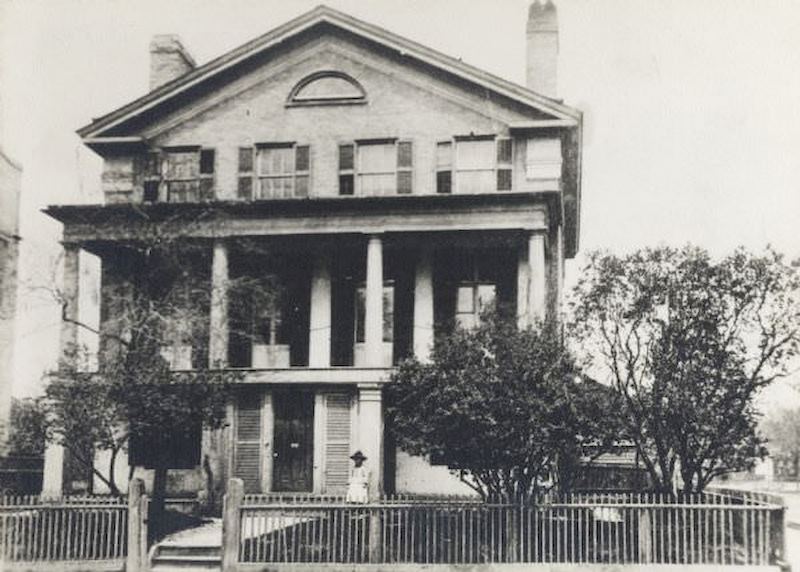
Built in 1840 by Lemuel Hull. William Singer was the mason. The basement was made by lowering the hill. There were originally only two stories. First and second levels have a columned porch. A series of four windows line the facade of the top two floors, while the ground level has only two windows and a shuttered door.
#51 Byron Kilbourn House, 1887
#52 National Home for Disabled Volunteer Soldiers, 1887. View out of entrance to the National Soldiers Home. Fountain and trees framed by arch with hanging lamp.
#53 Milwaukee Panorama Artists, 1887
#54 Pond at Bracken Brae, Country Home of John Johnston, 1888
#55 Layton Art Gallery, 1888
#56 Chicago & North Western Railway viaduct on the line along the Milwaukee River, 1889
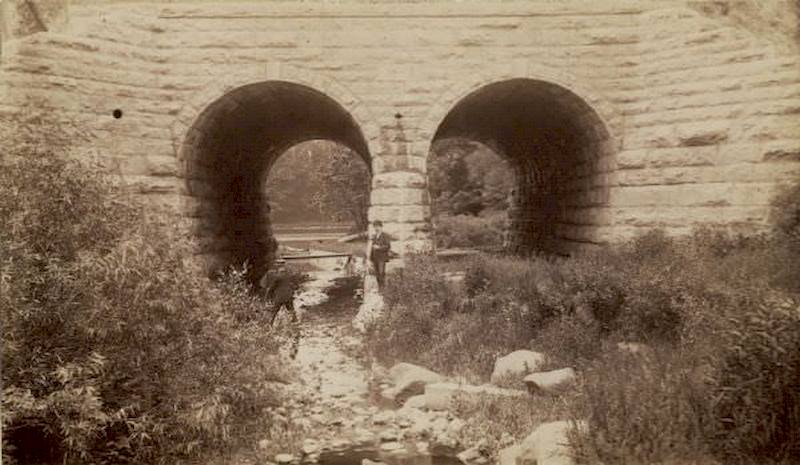
The viaduct has two arched passages, and stones and rocks lining the path for the water. Two men stand near the viaduct. One man has a camera and is facing the stonework, the other man is looking out at the viewer. Beyond the viaduct is more water and a grassy area with trees; low shrub and plant life are in the foreground.


